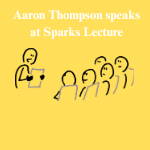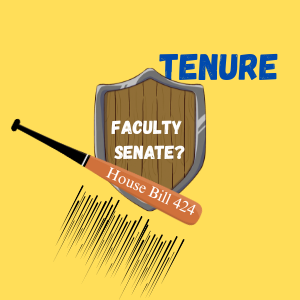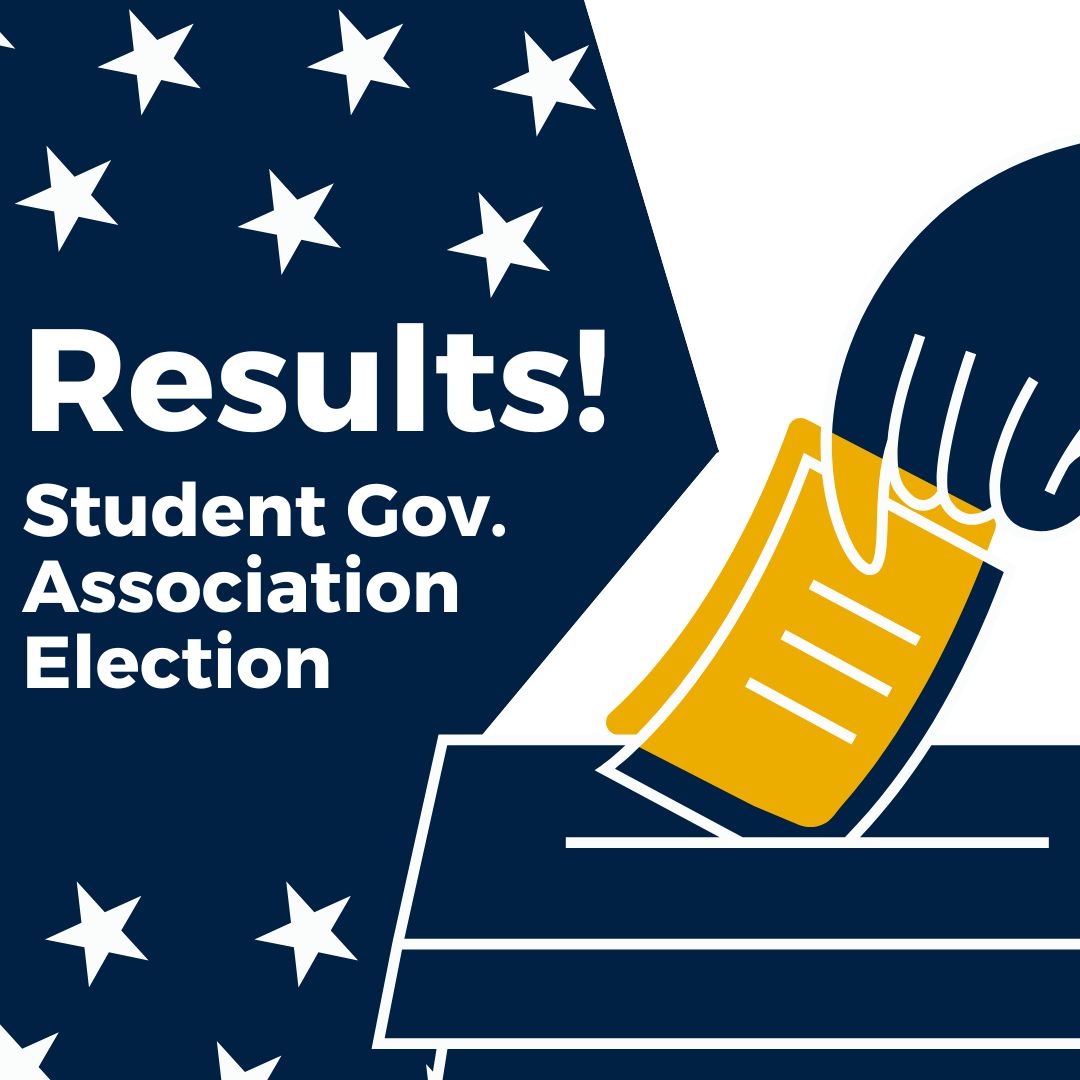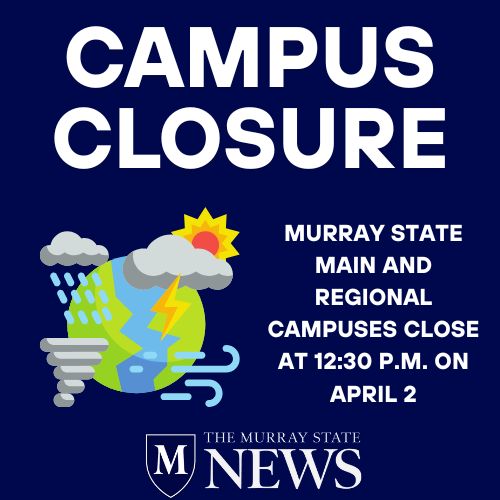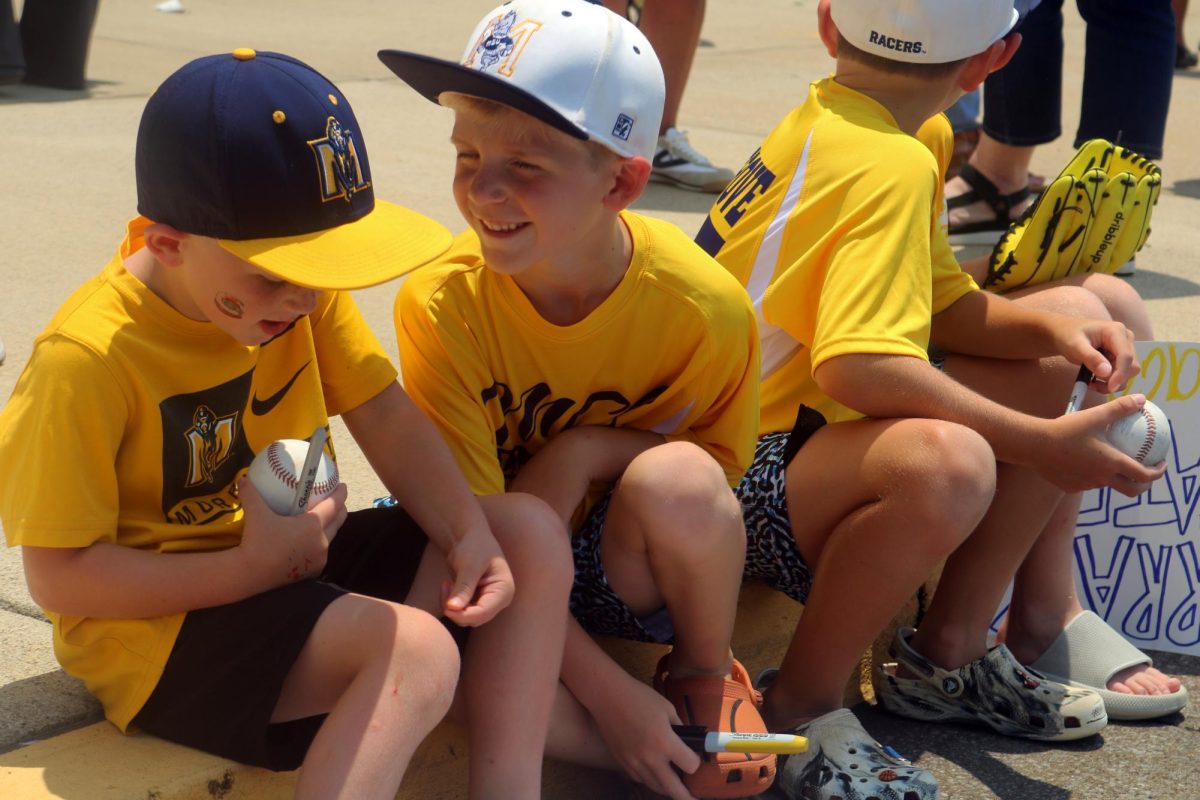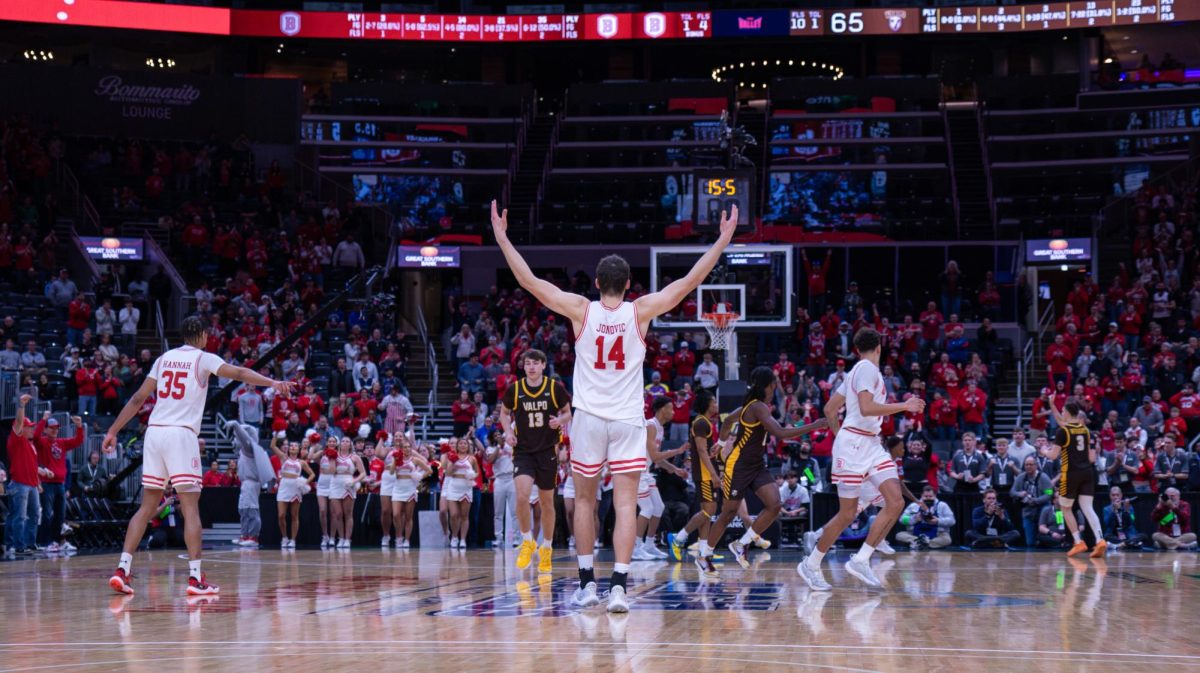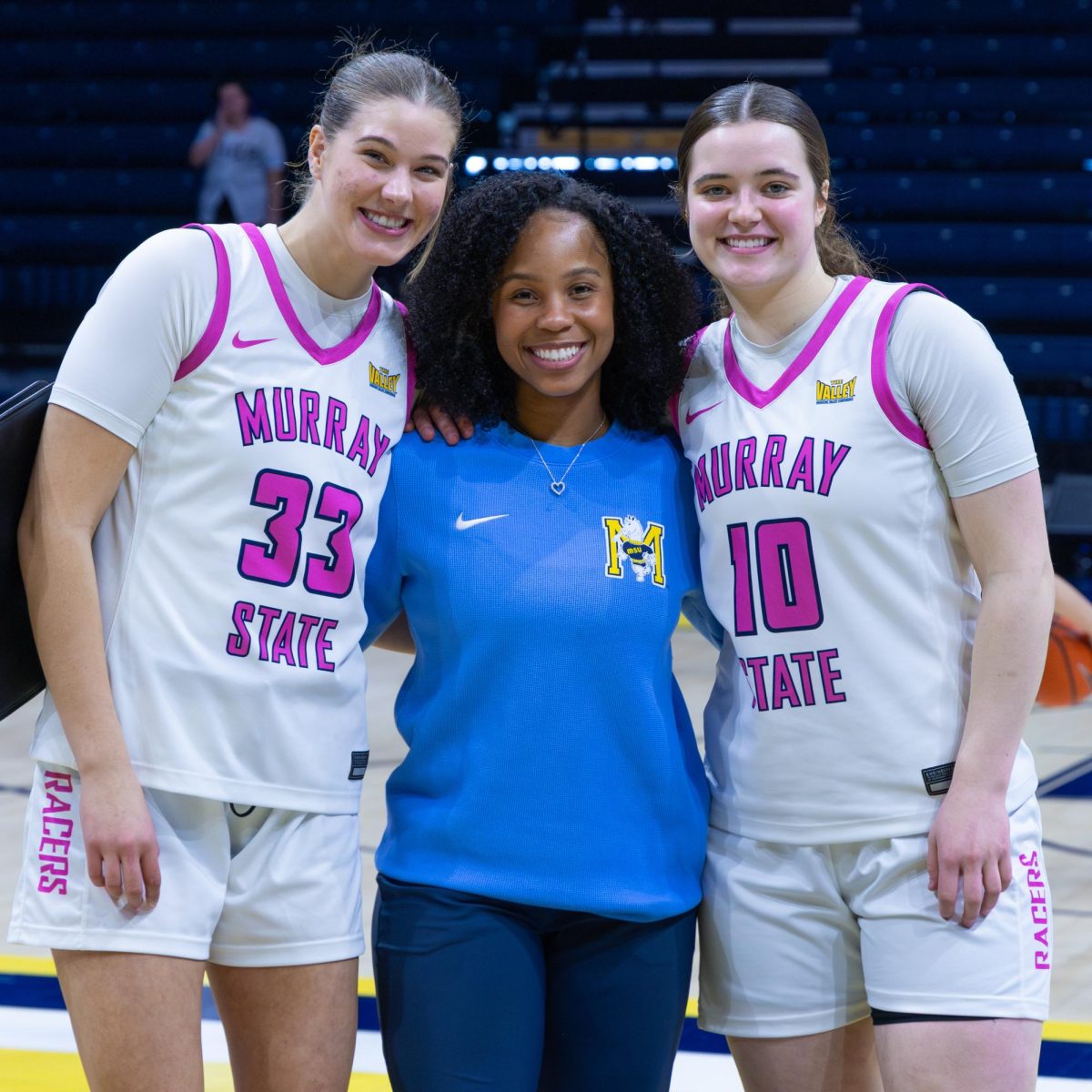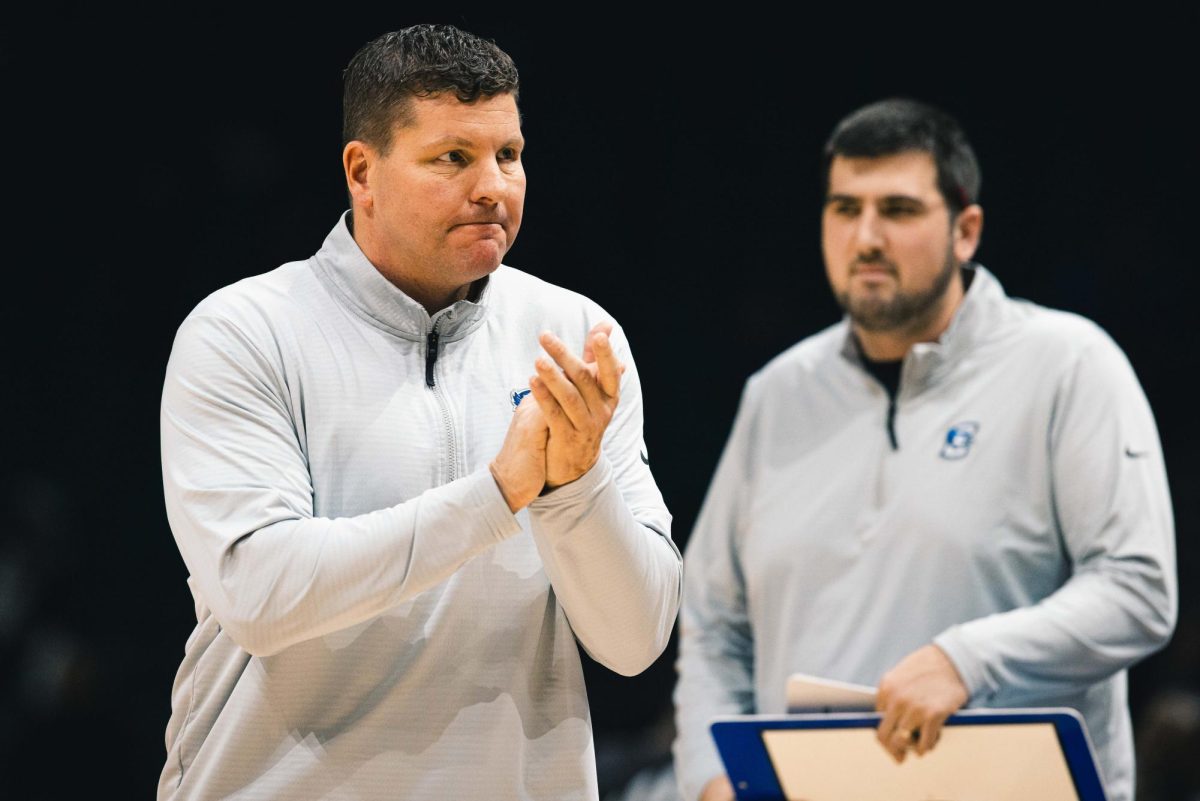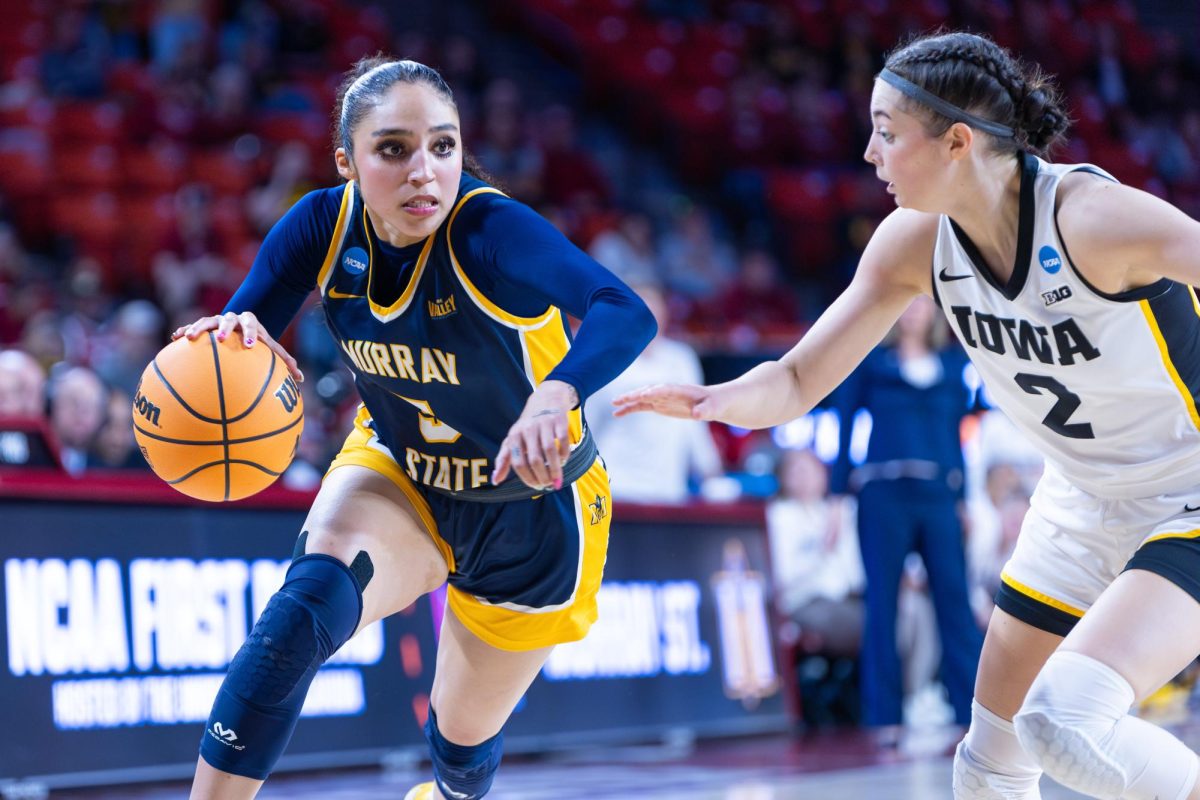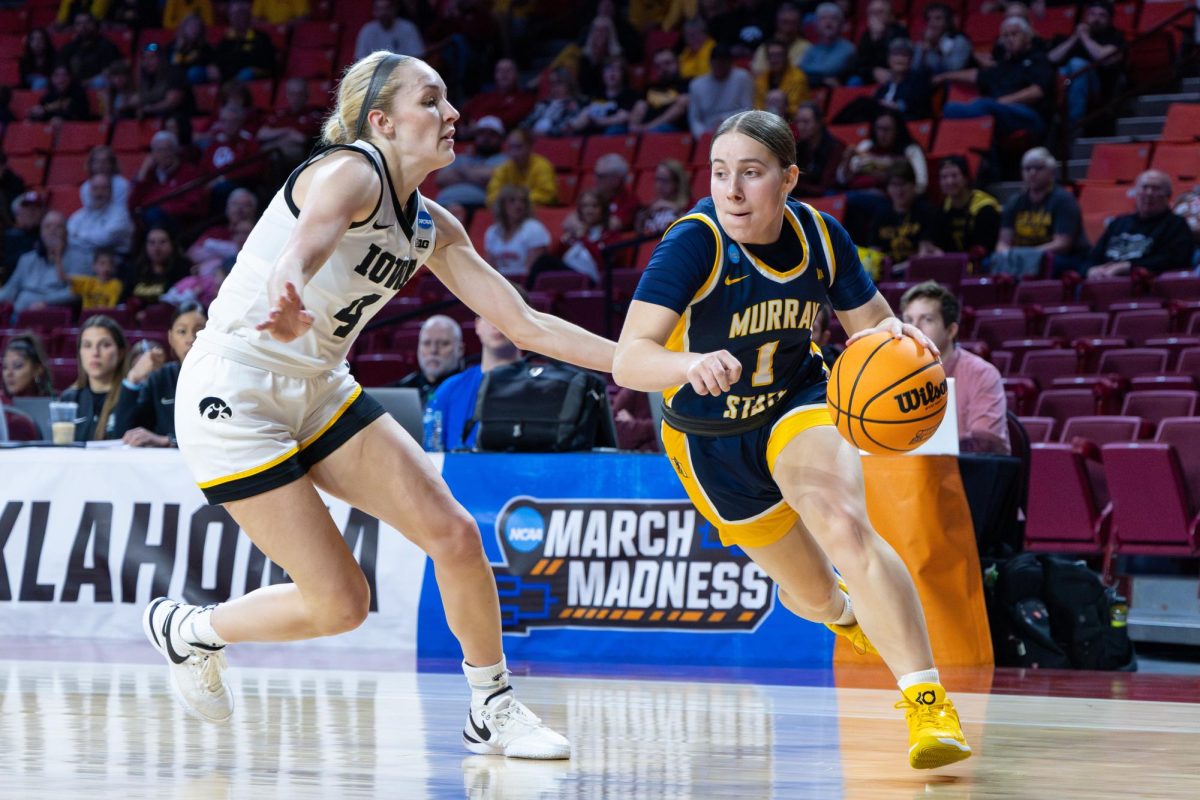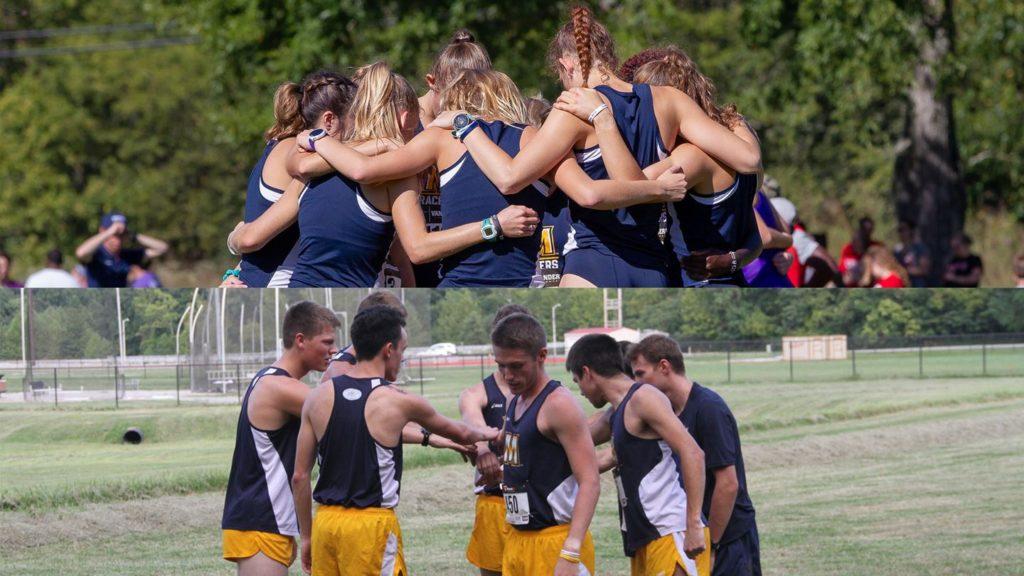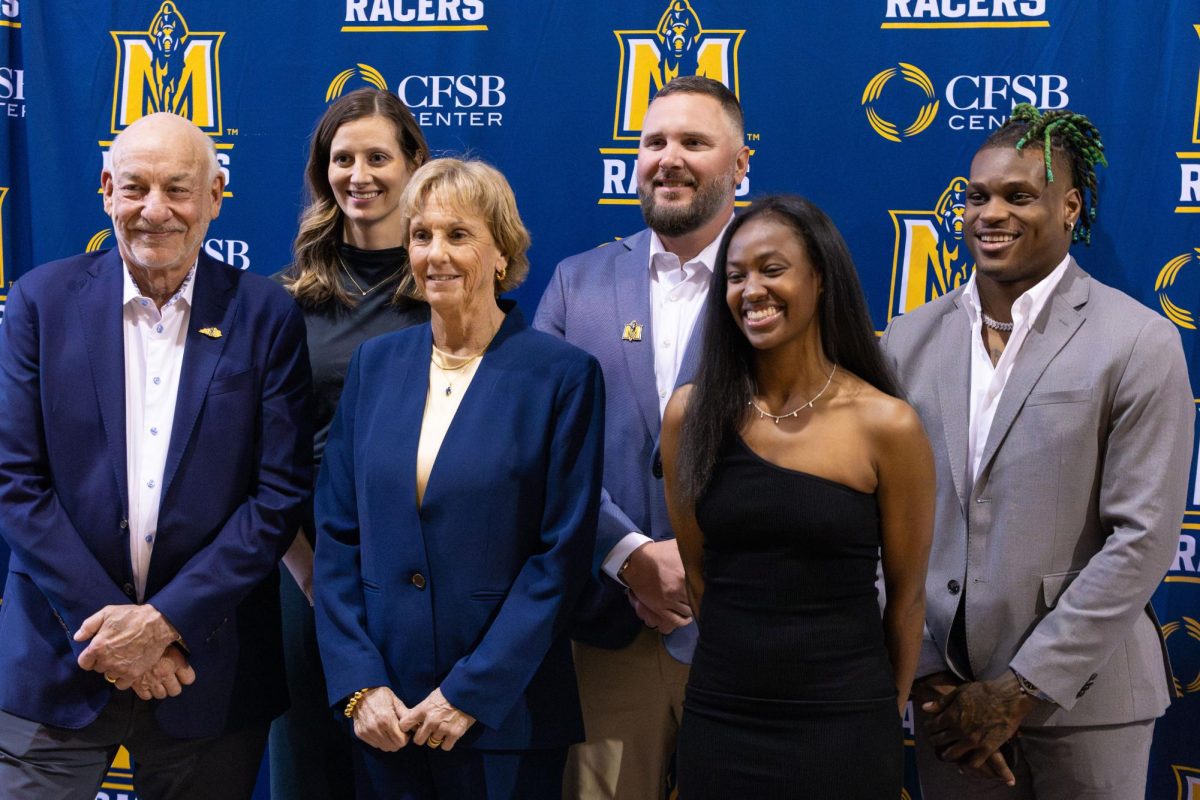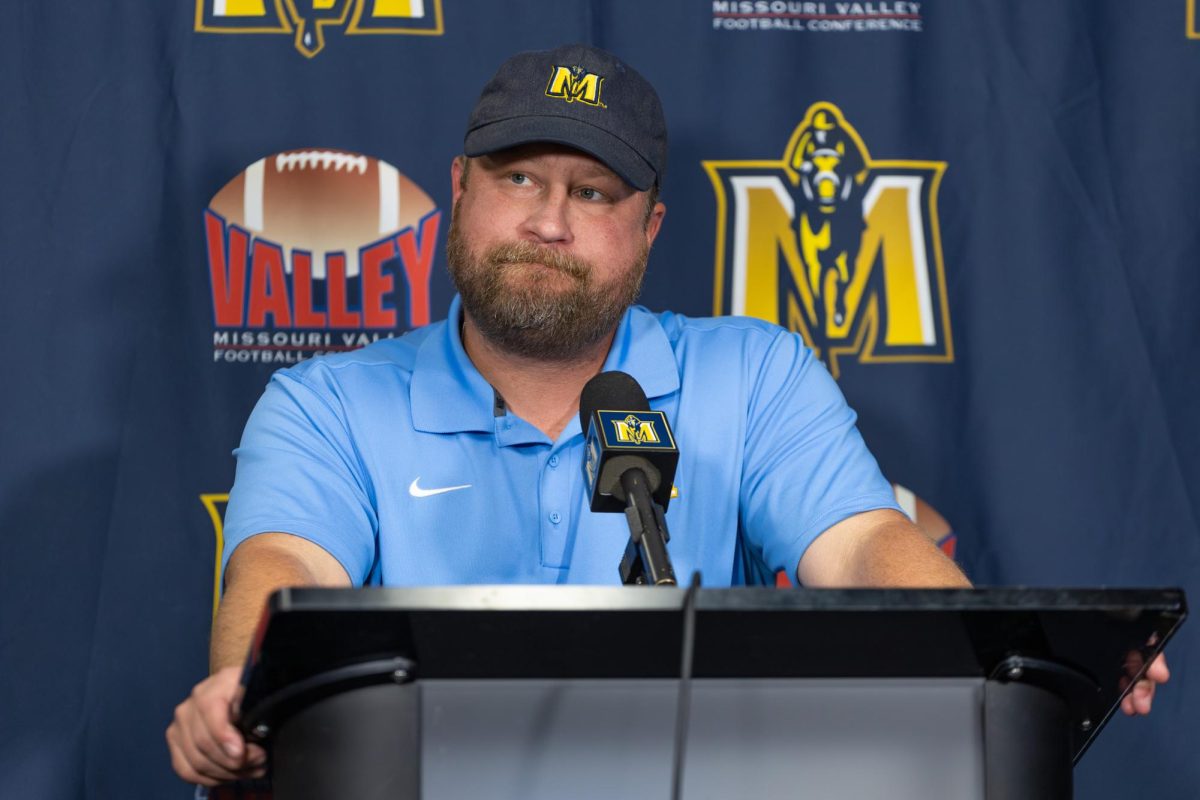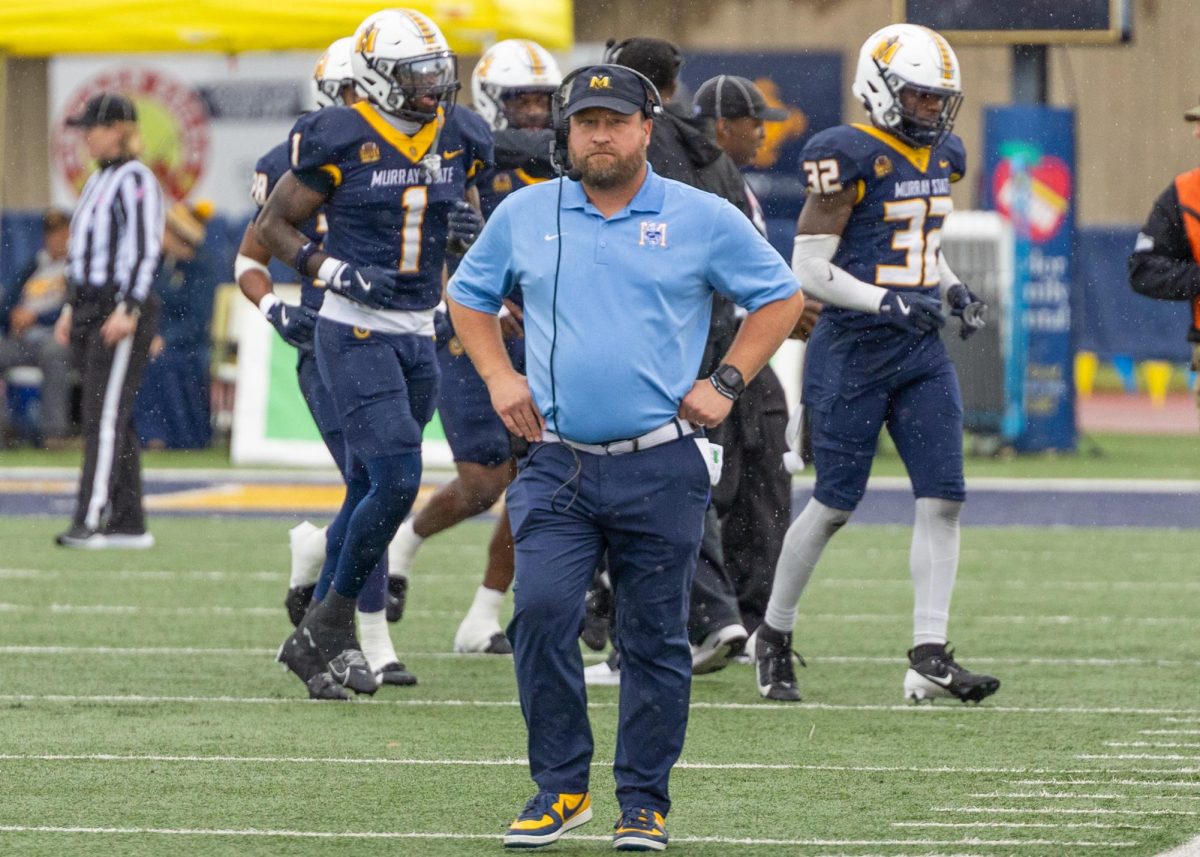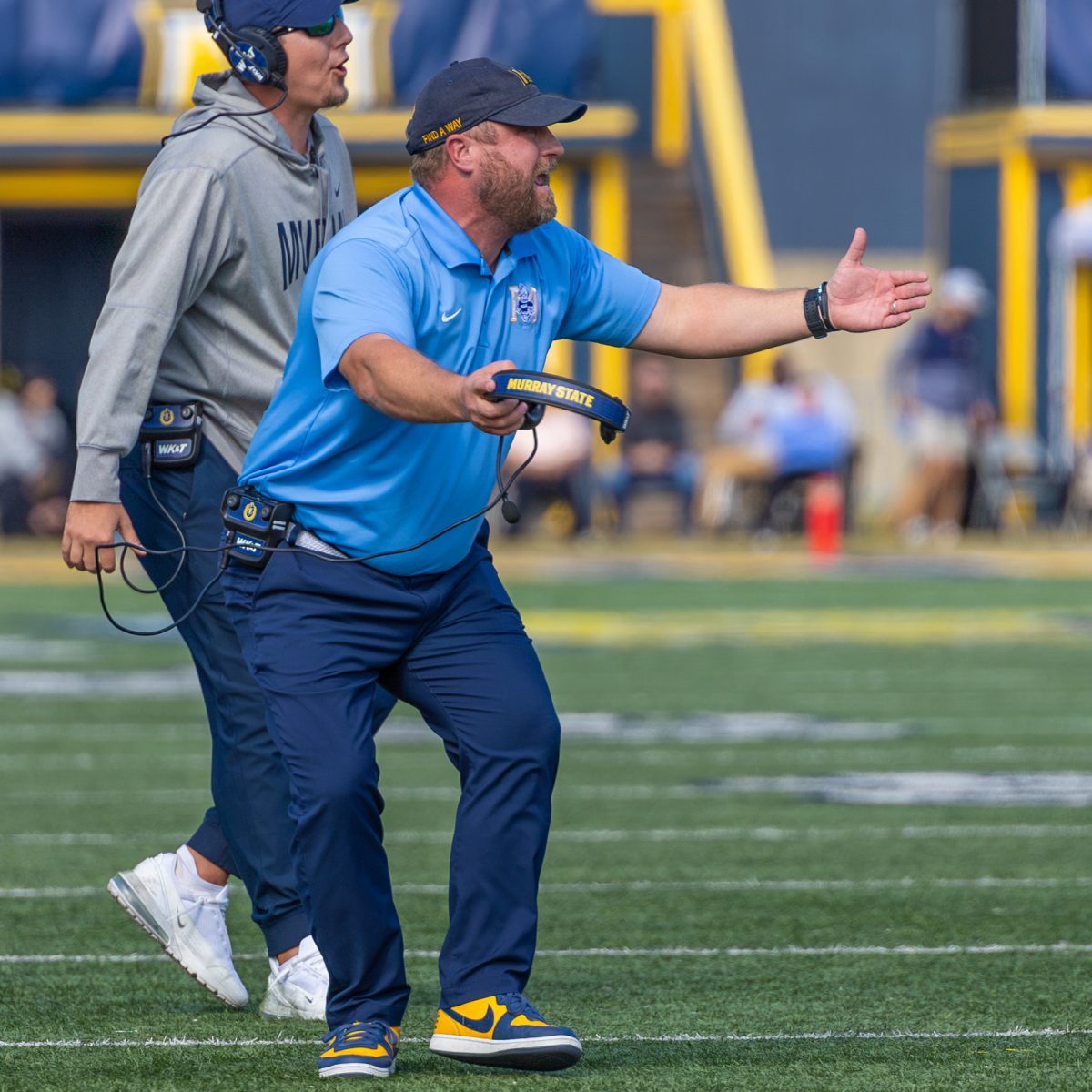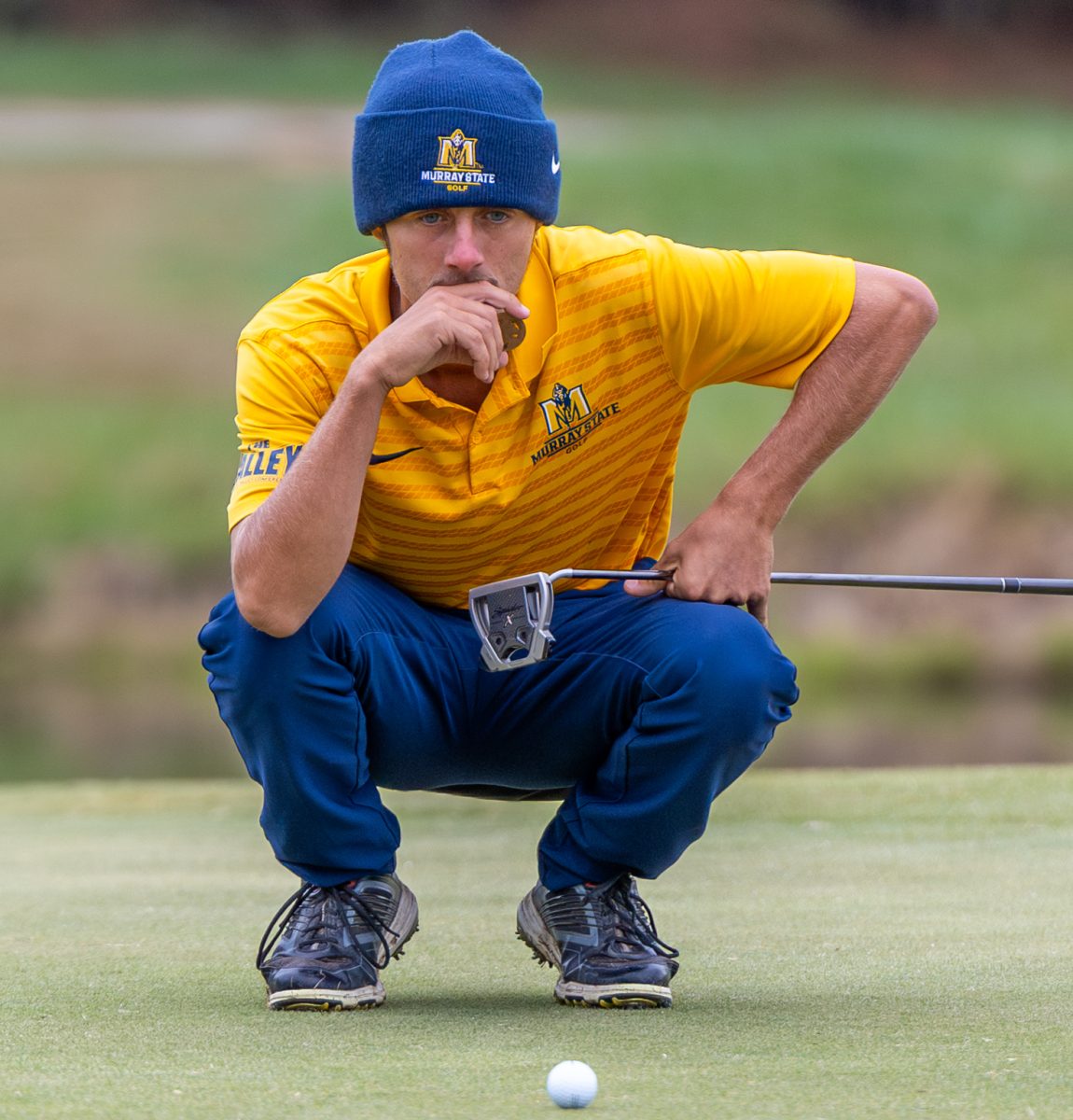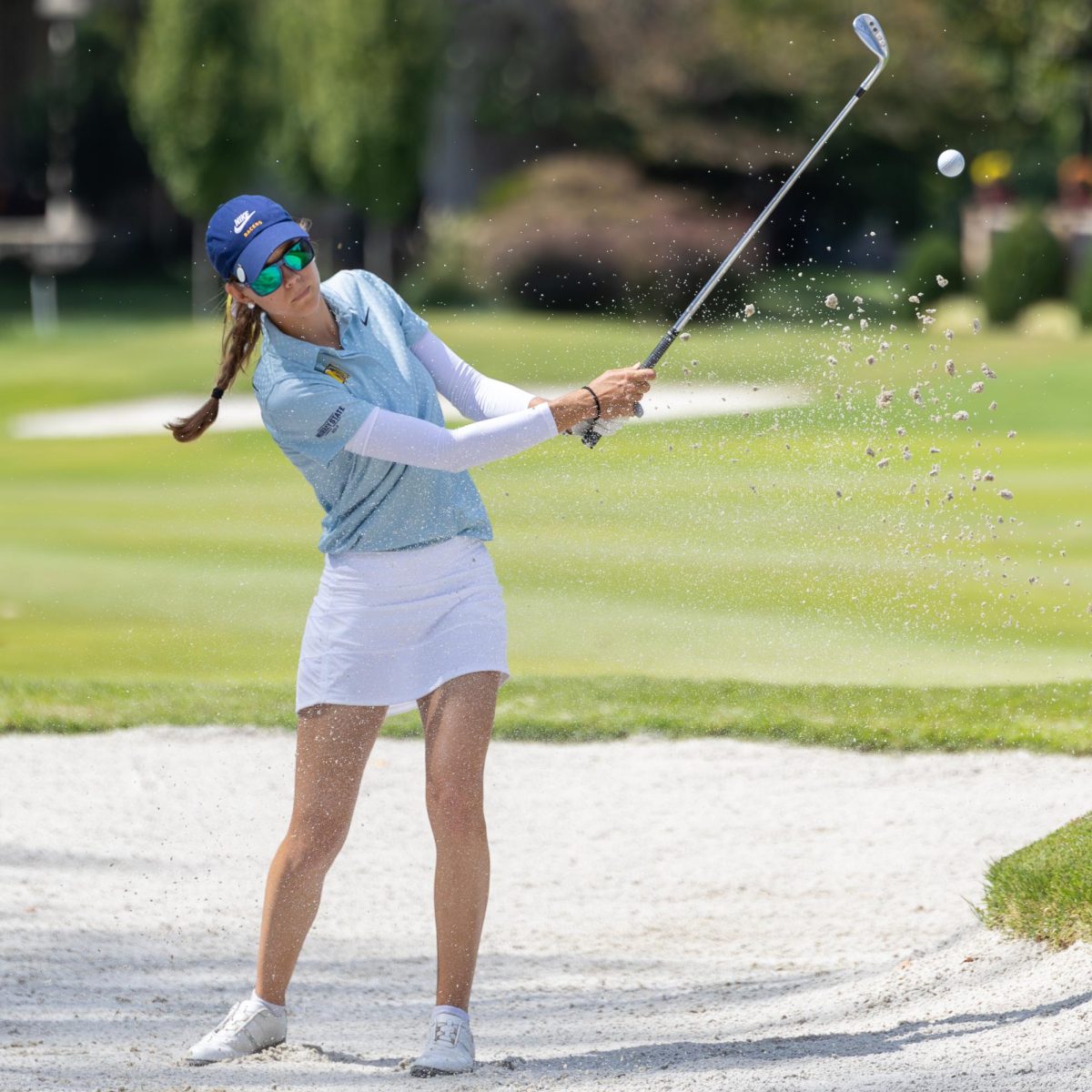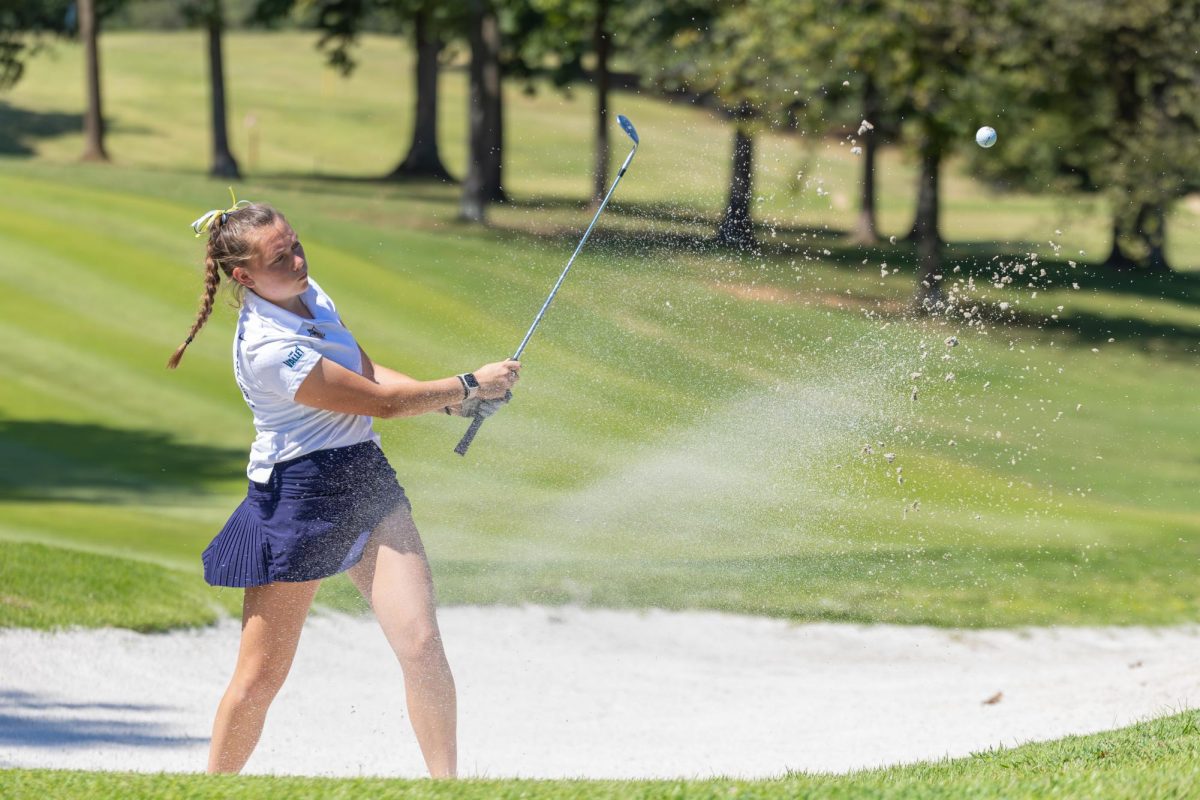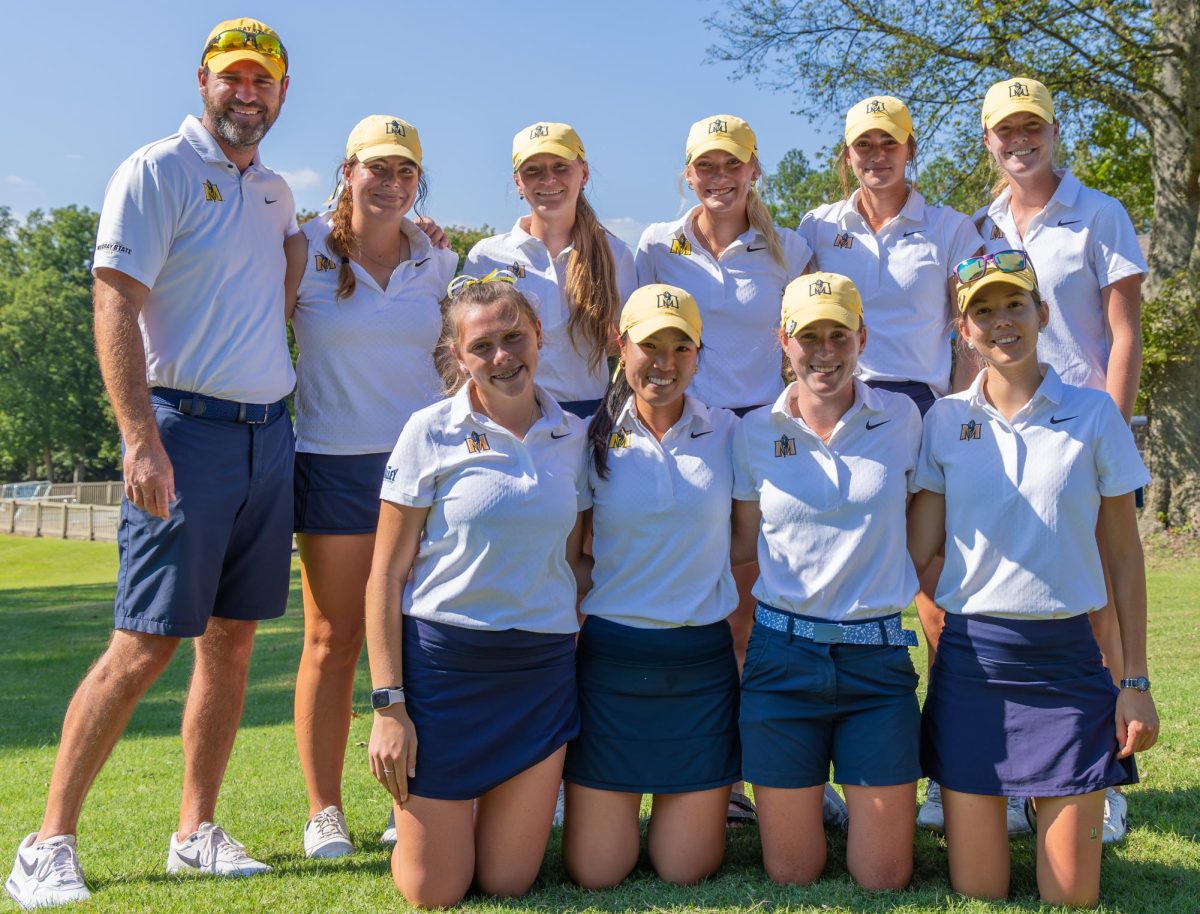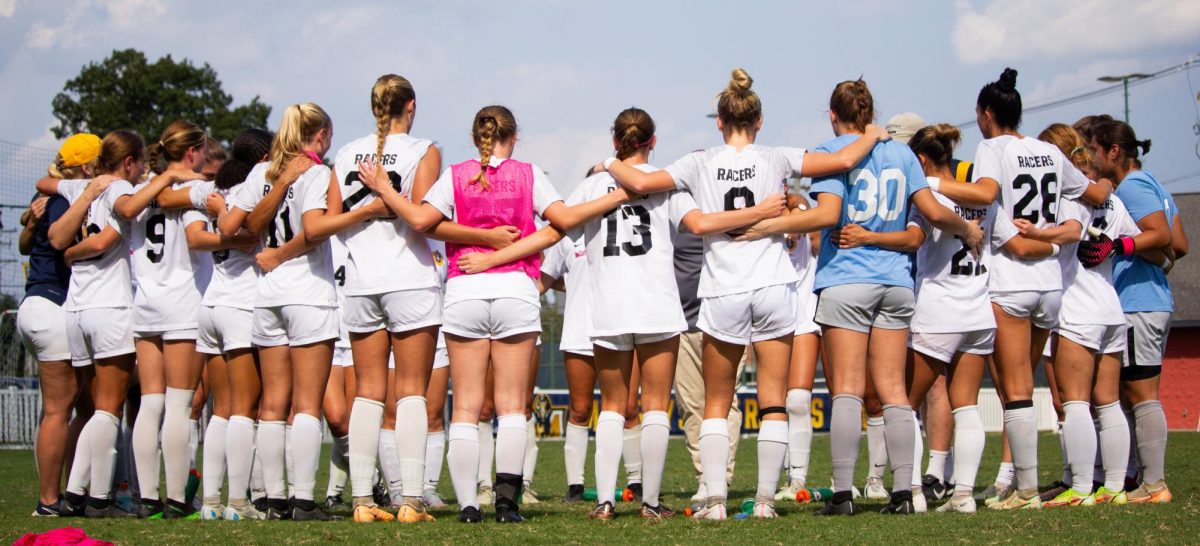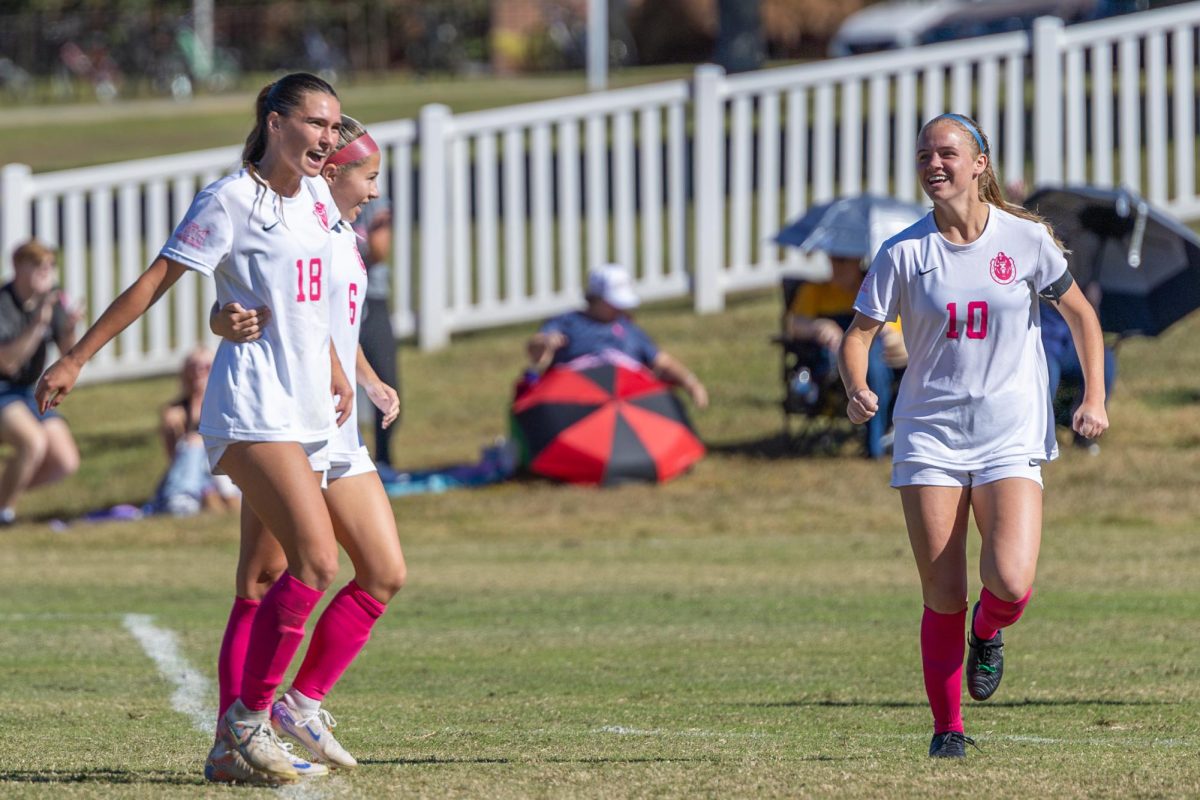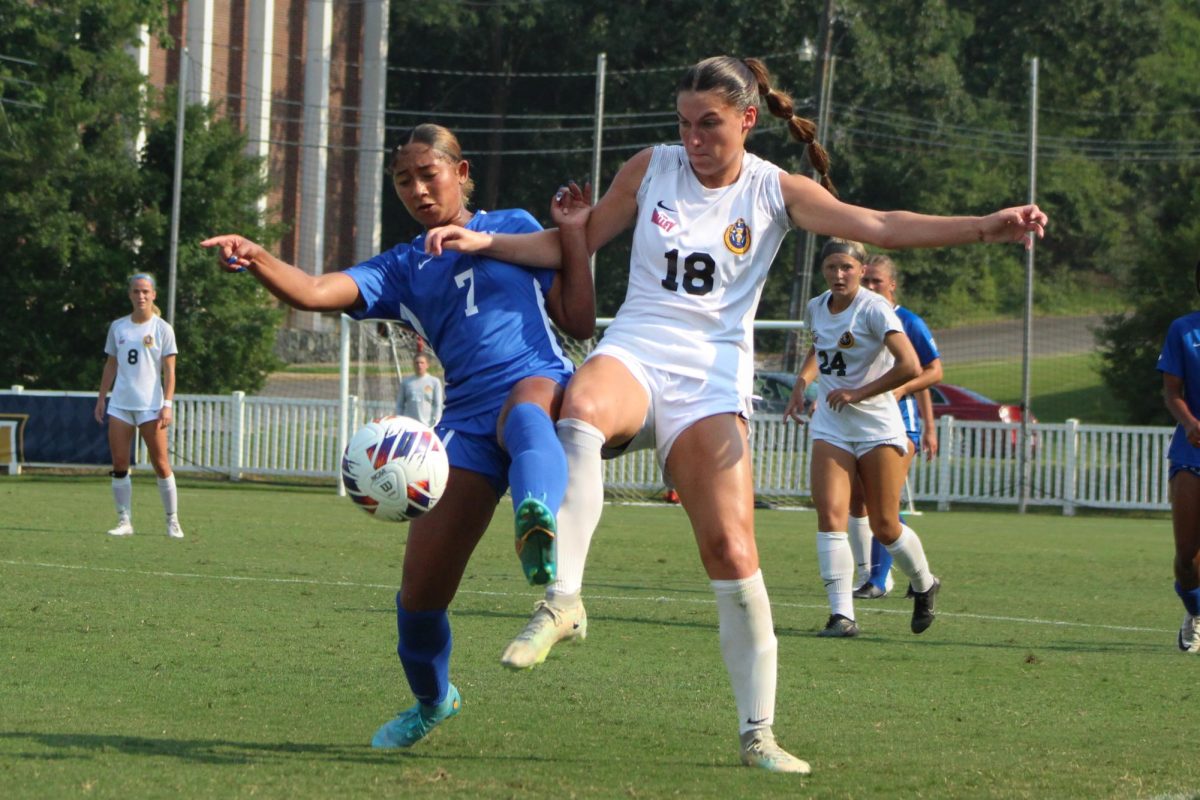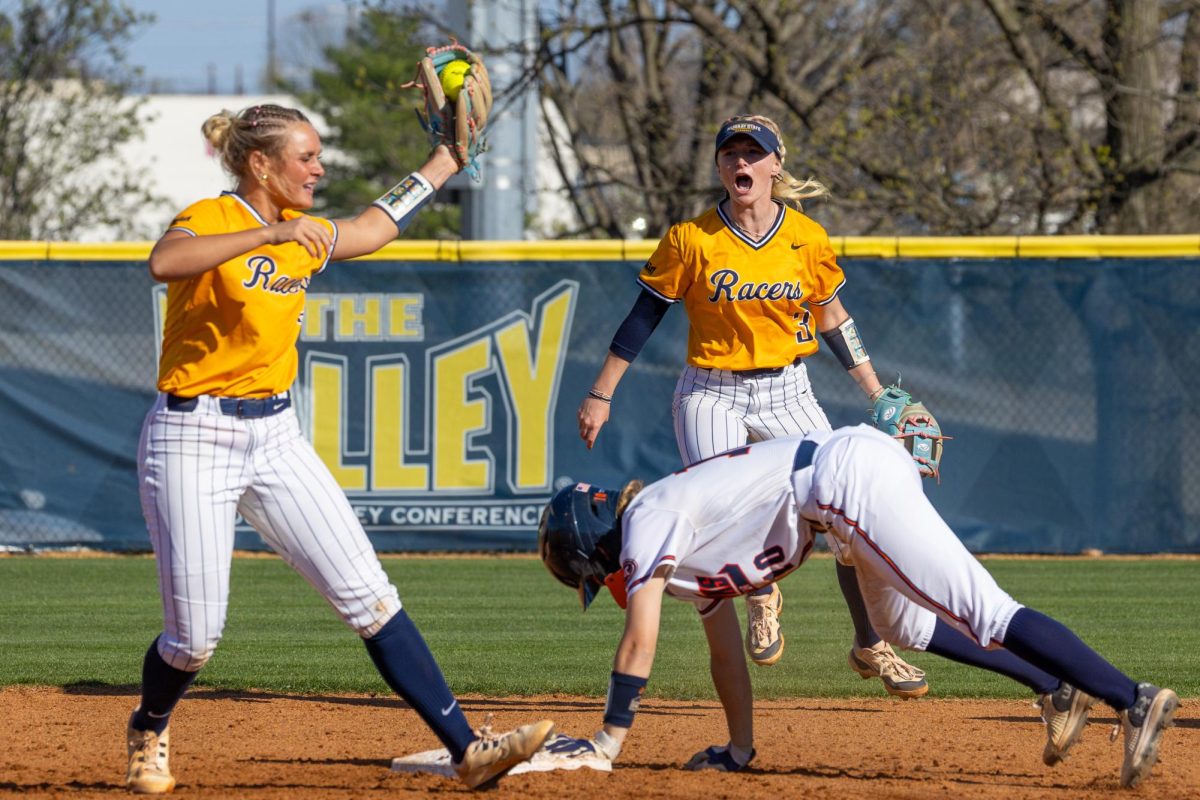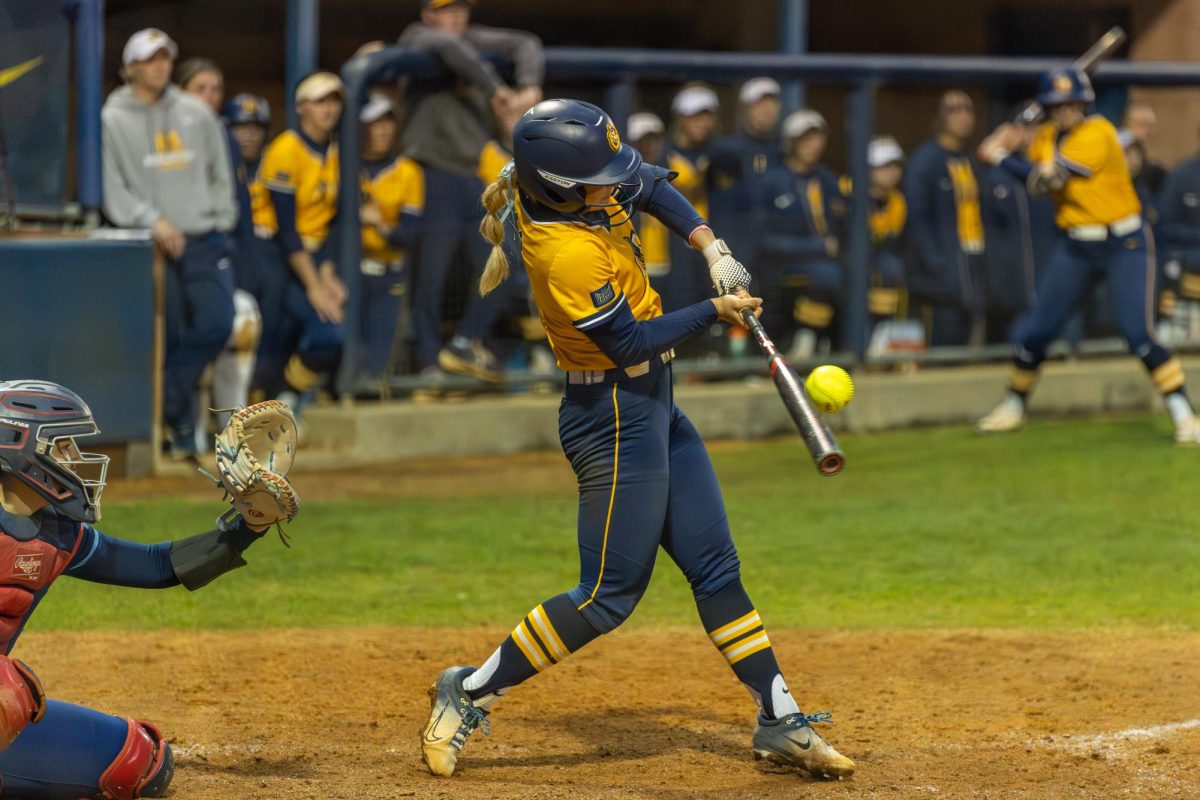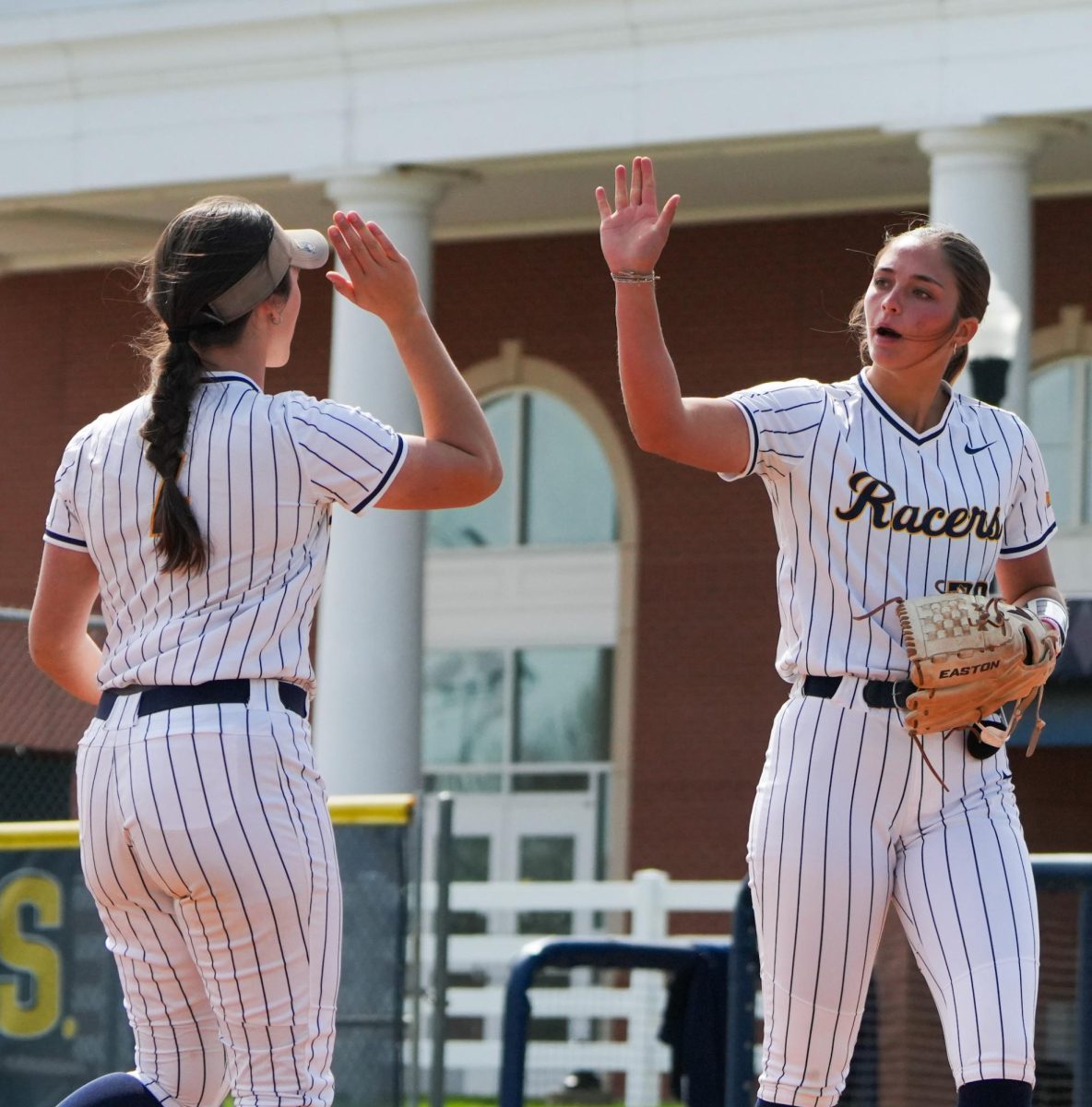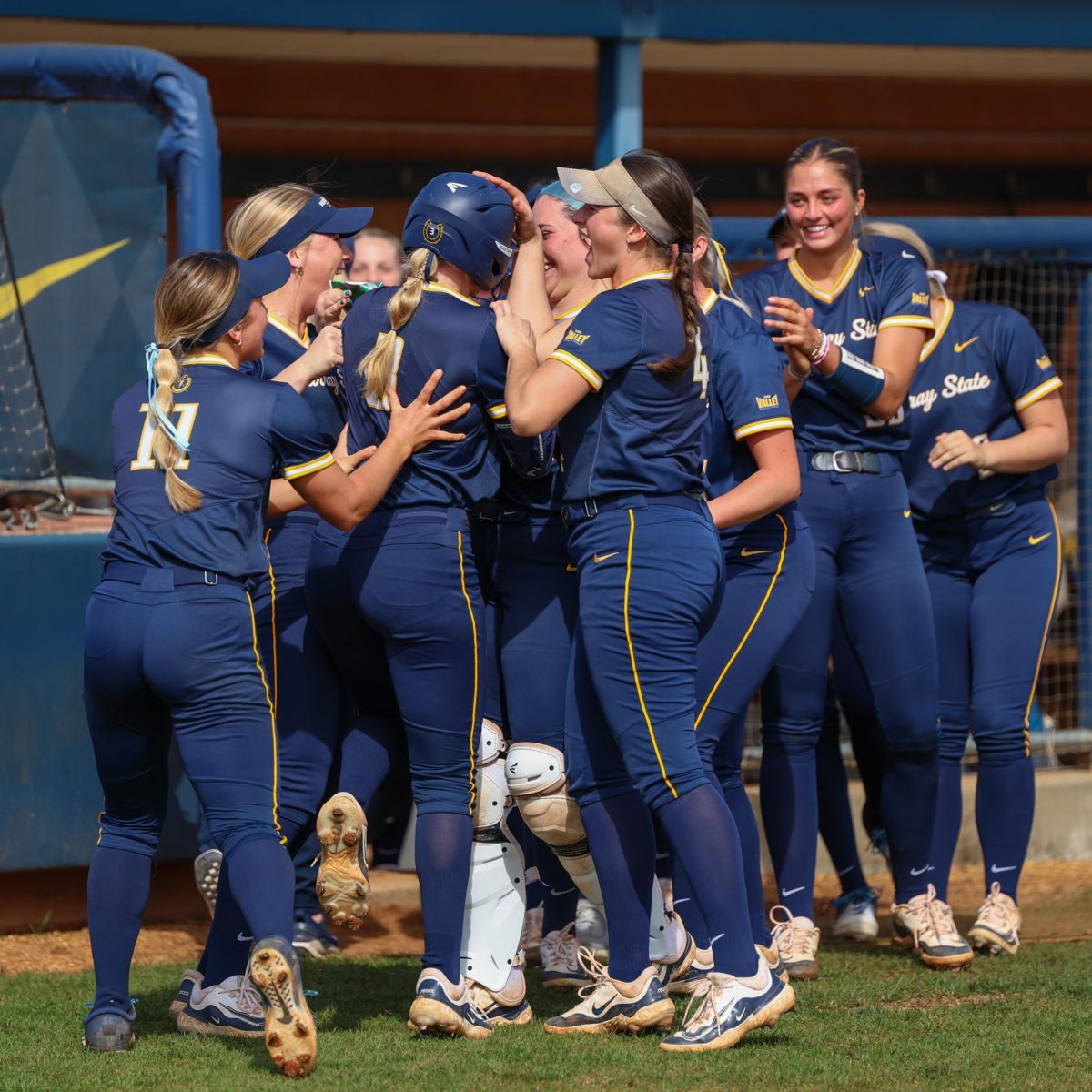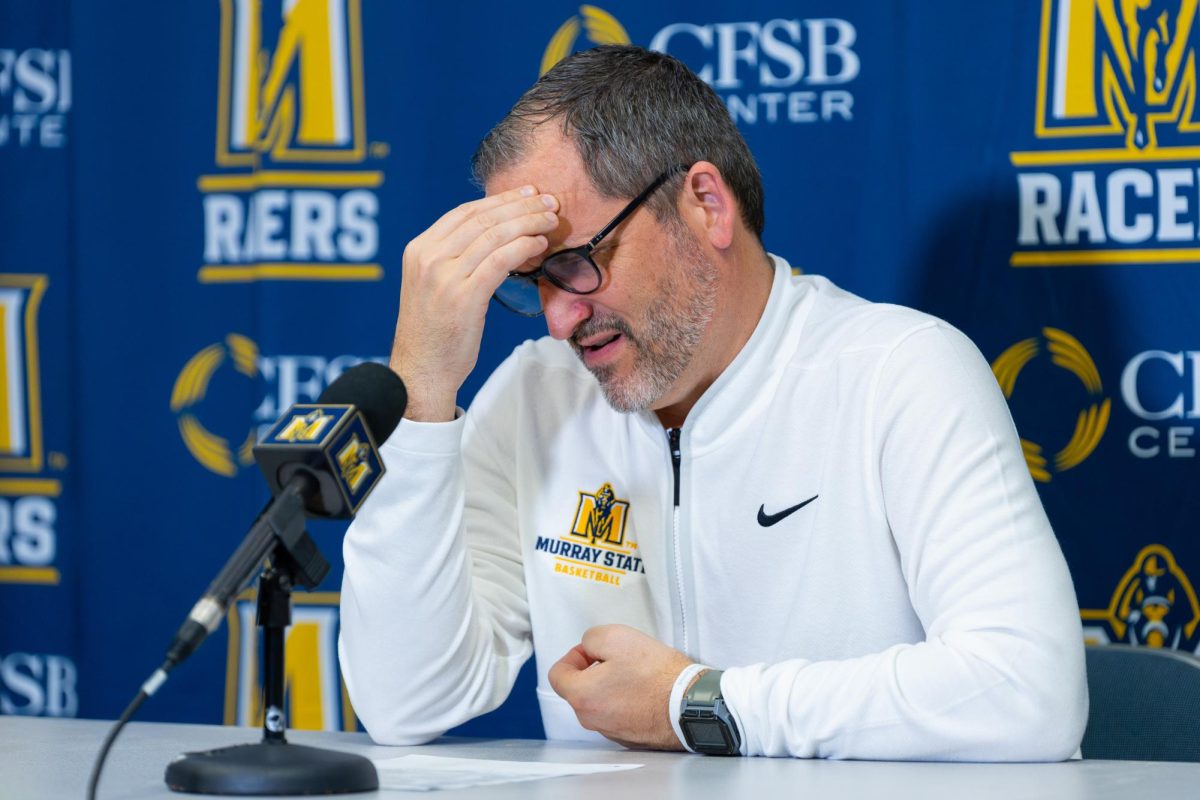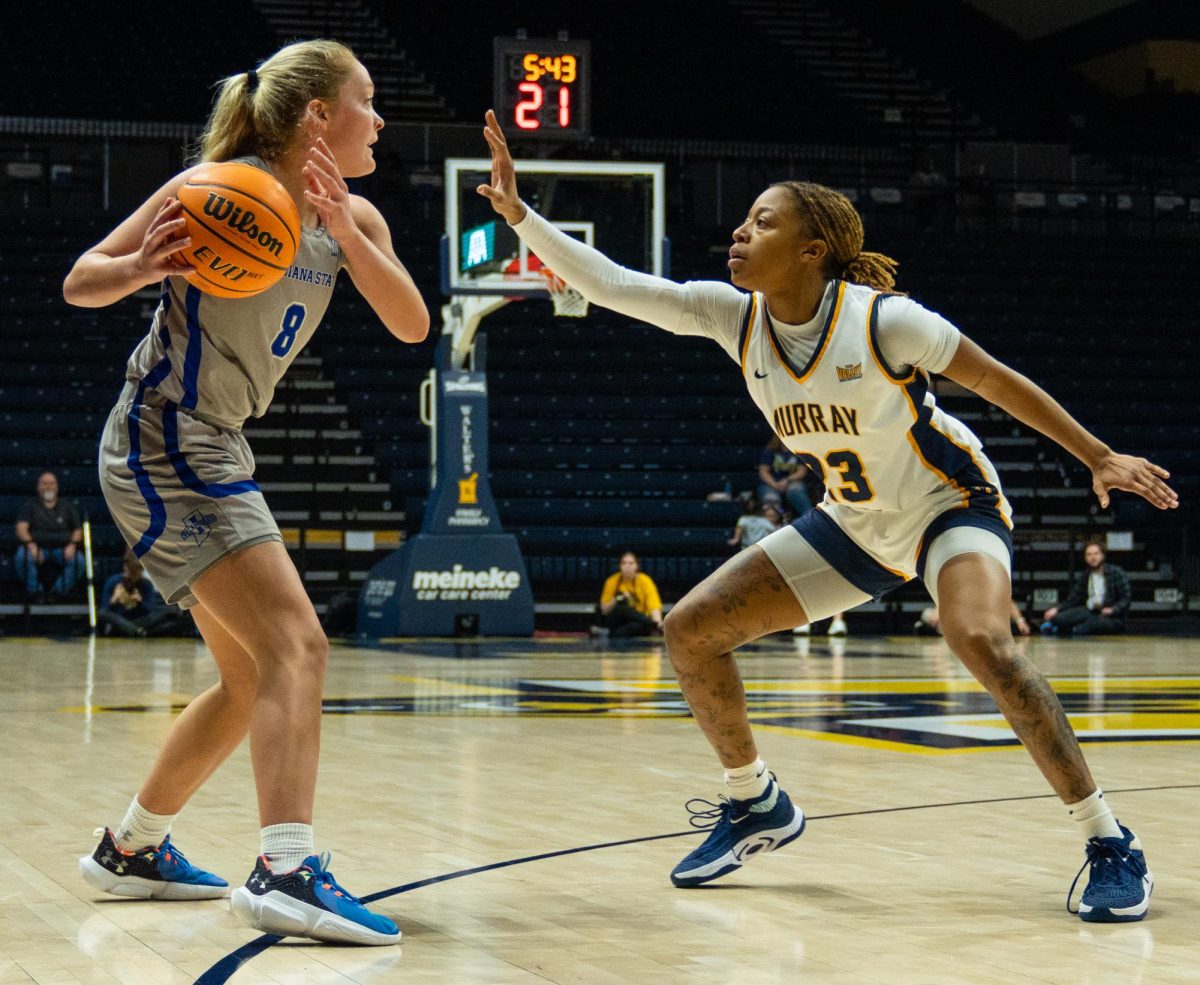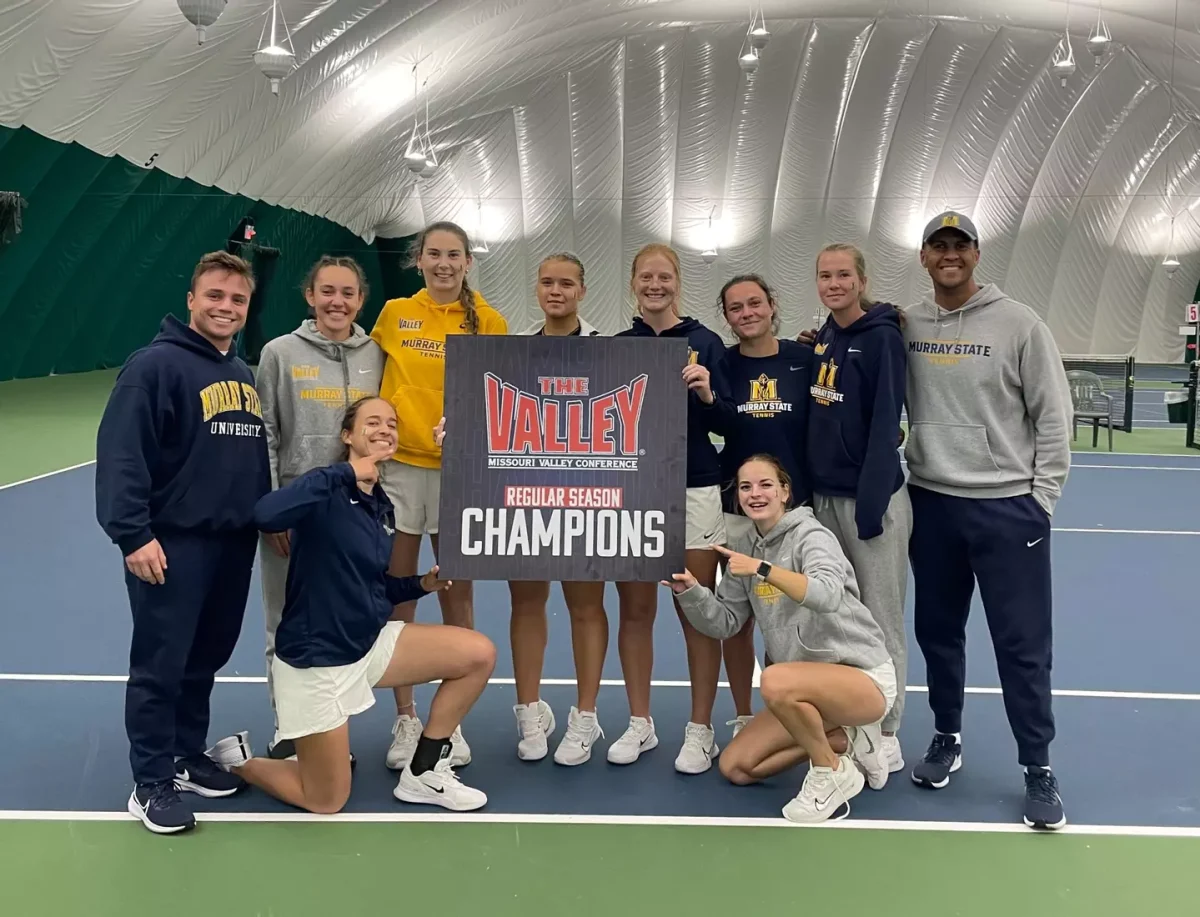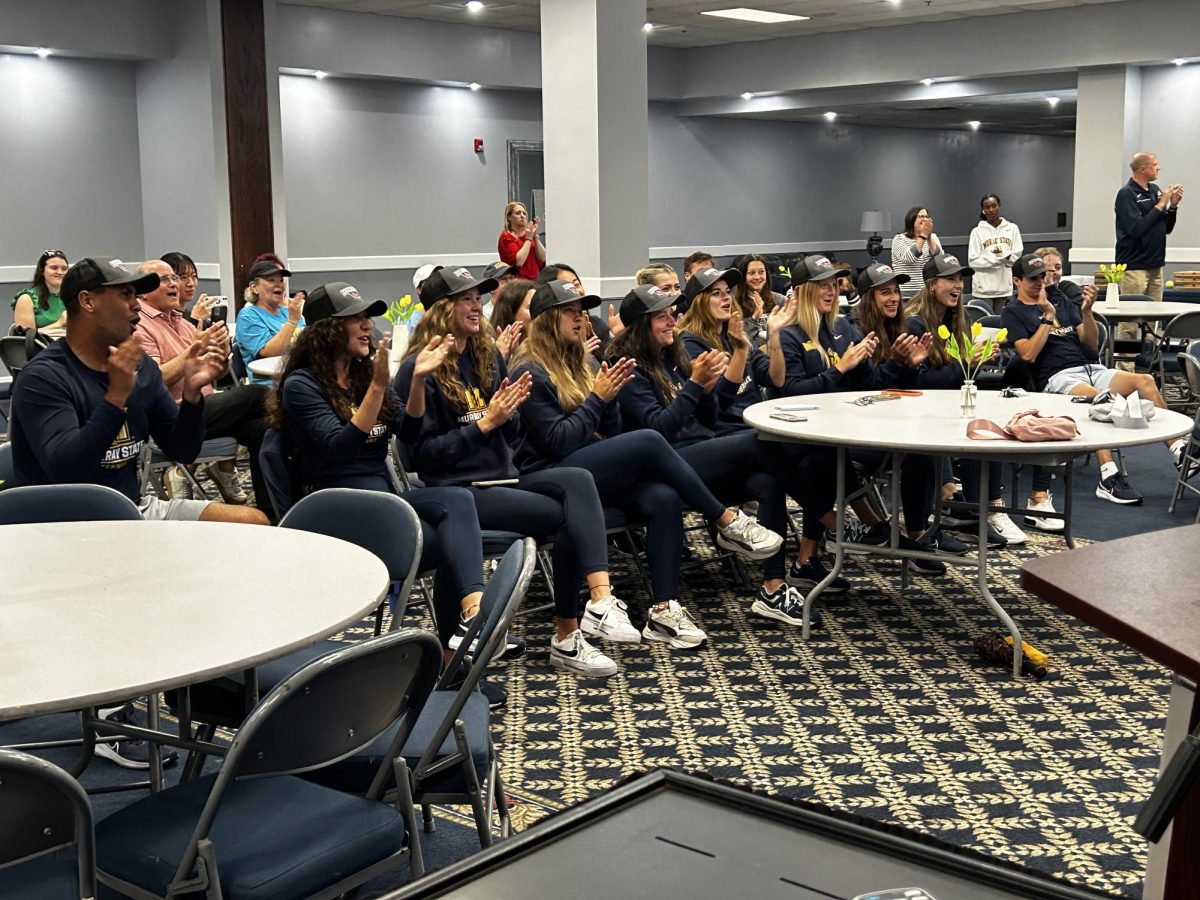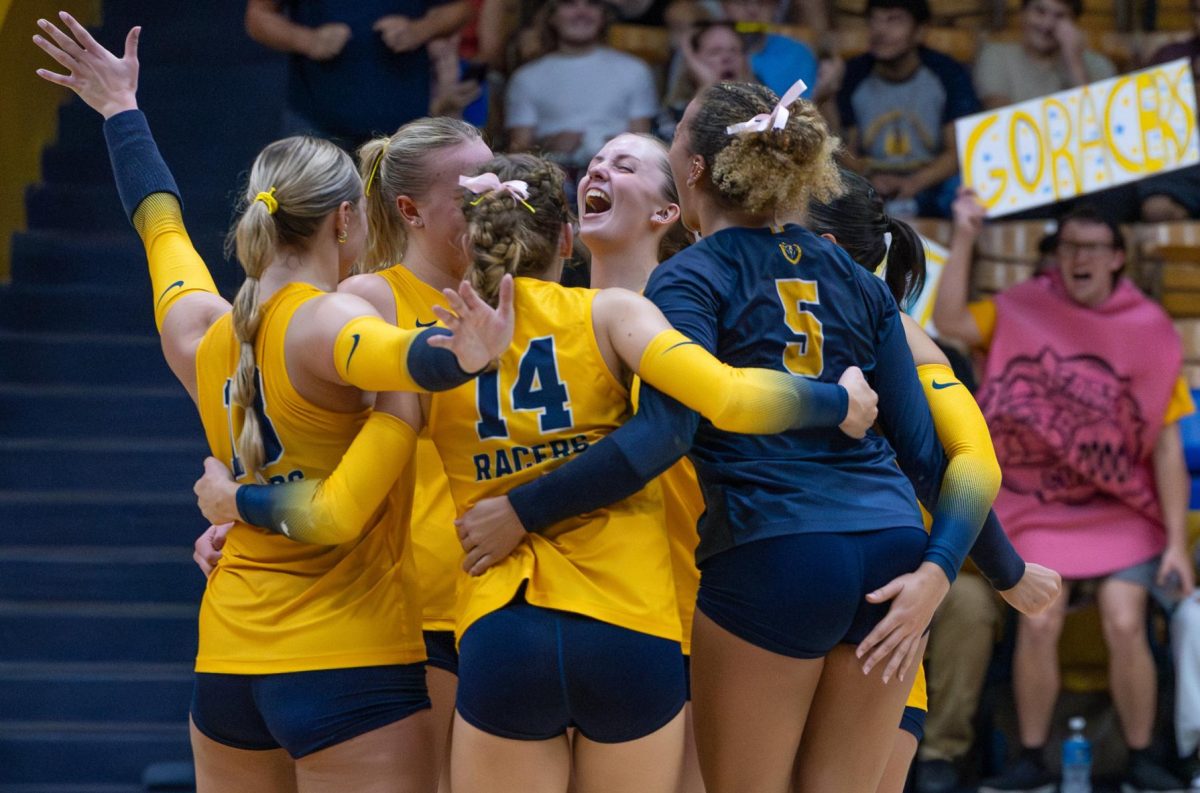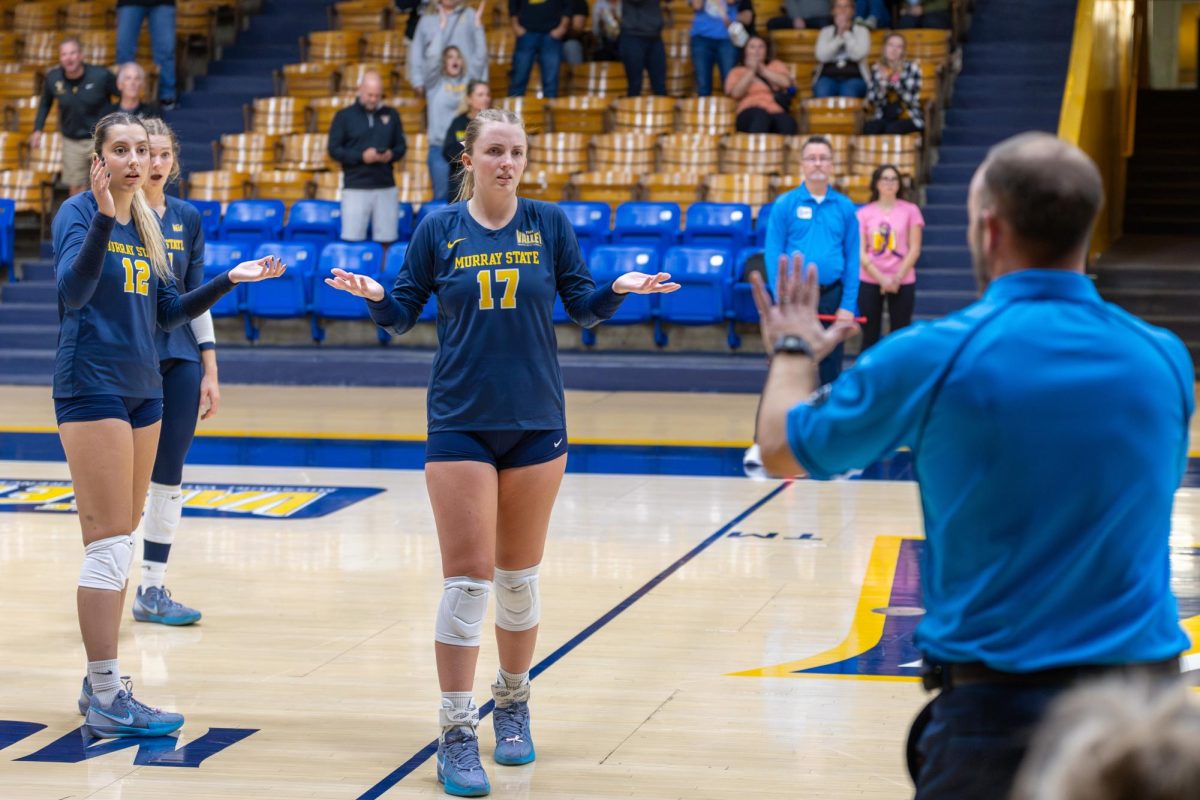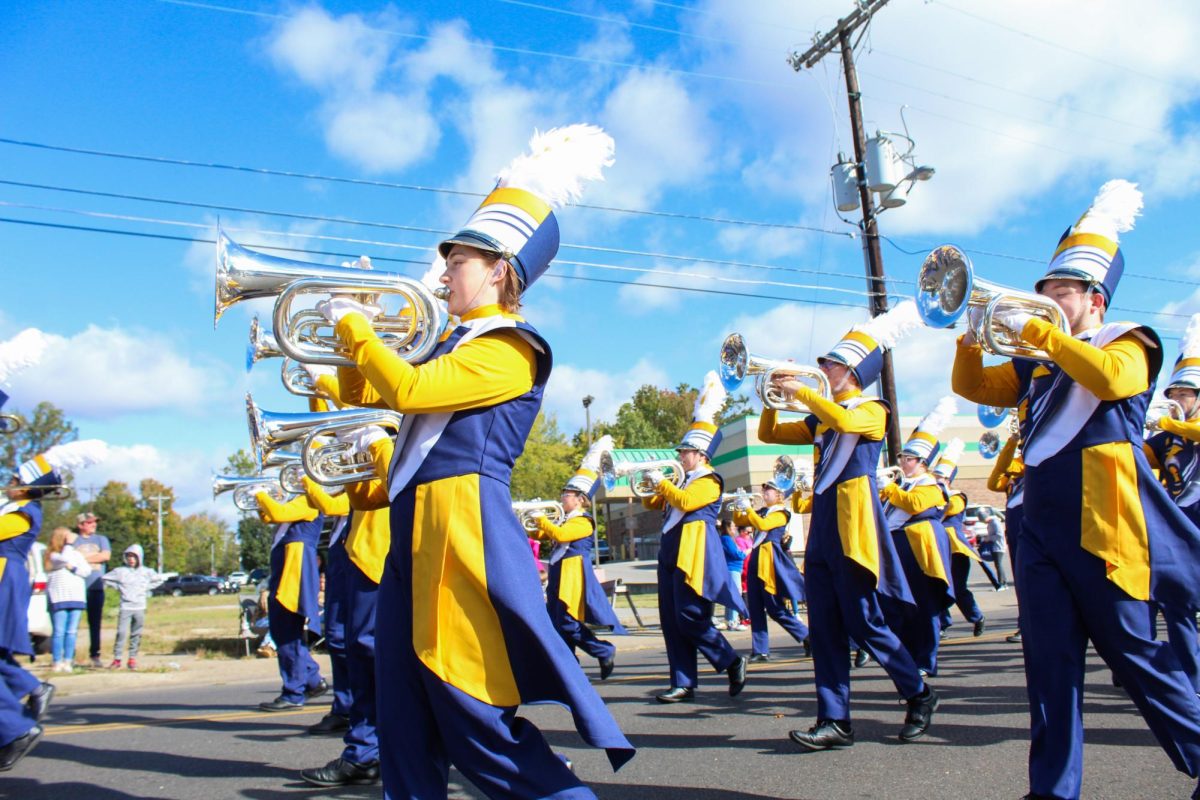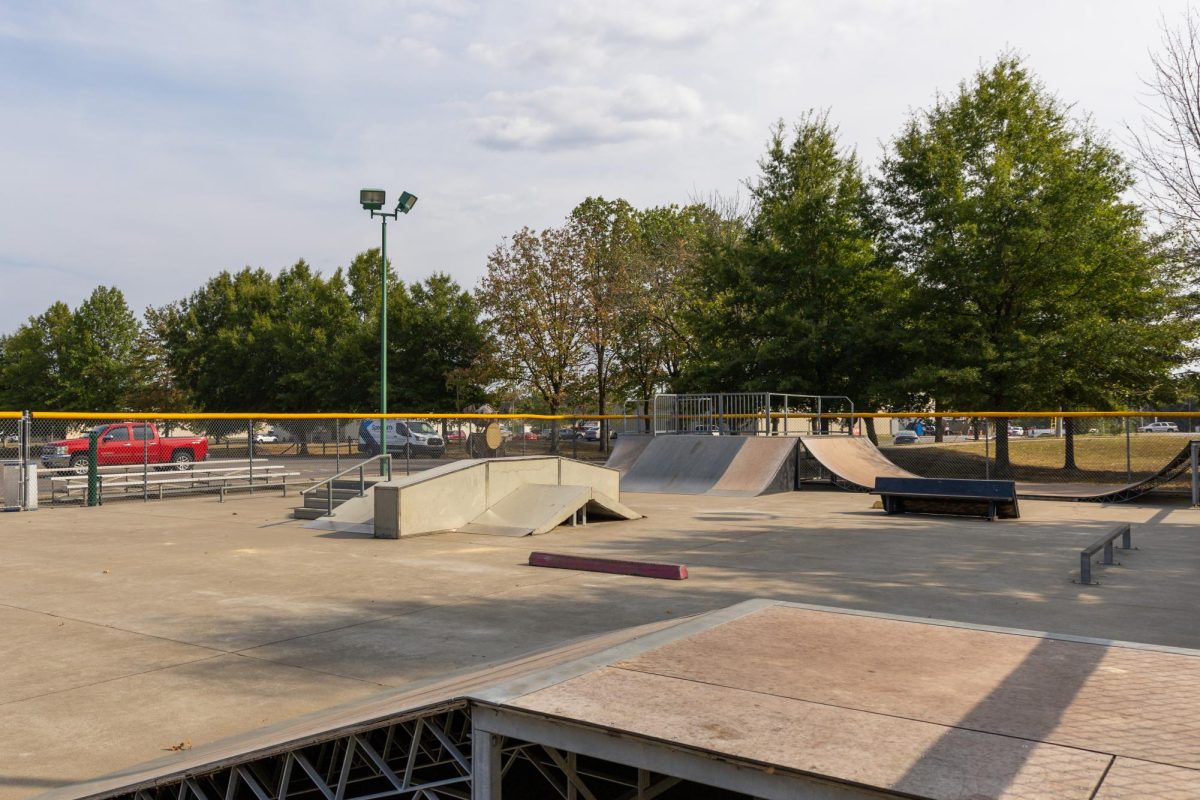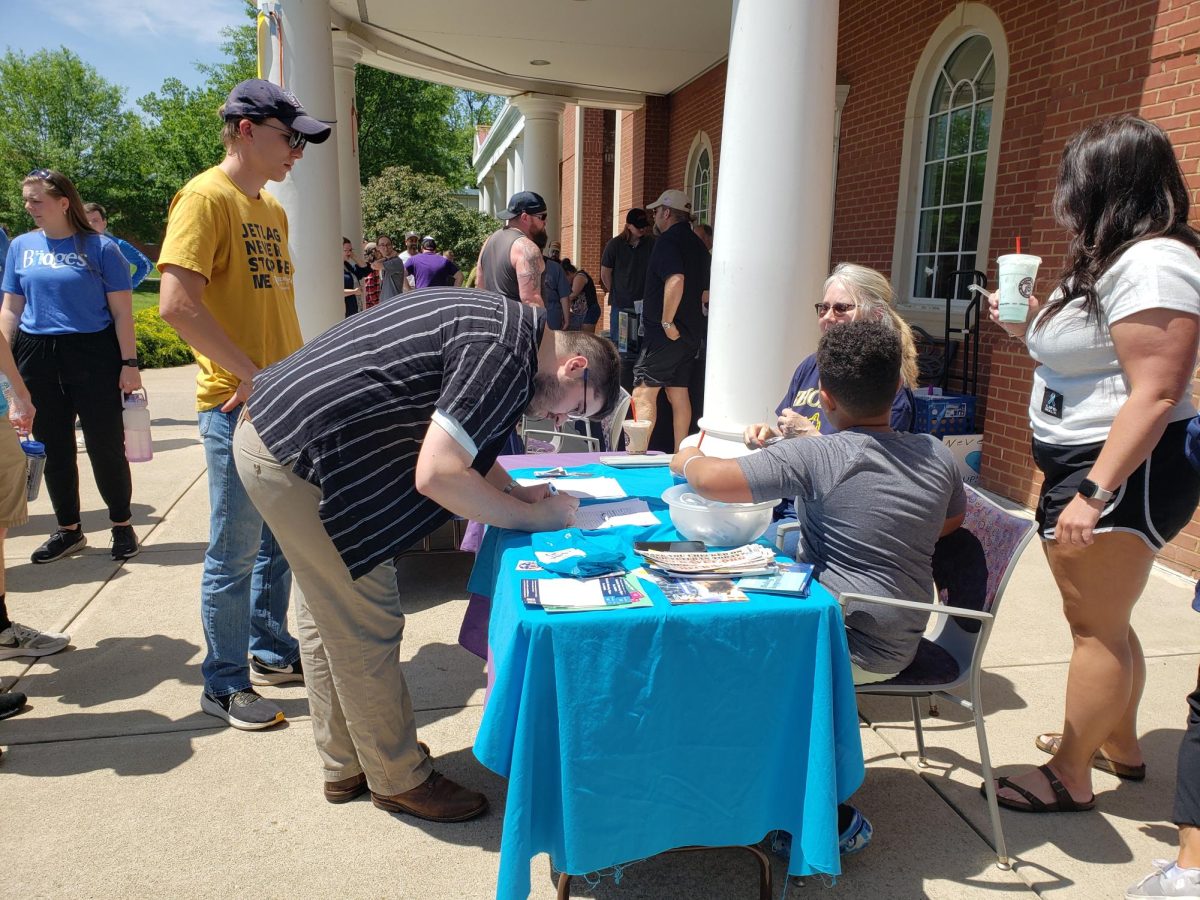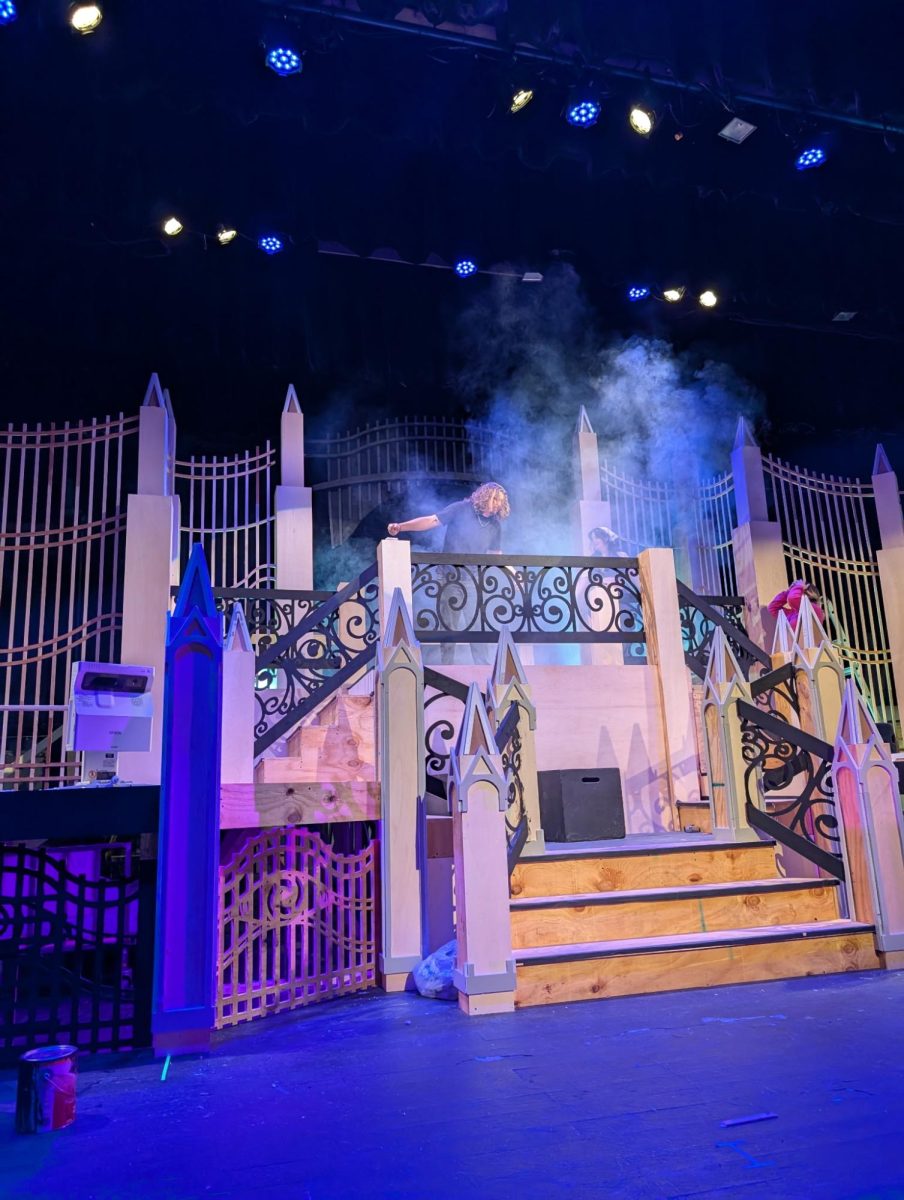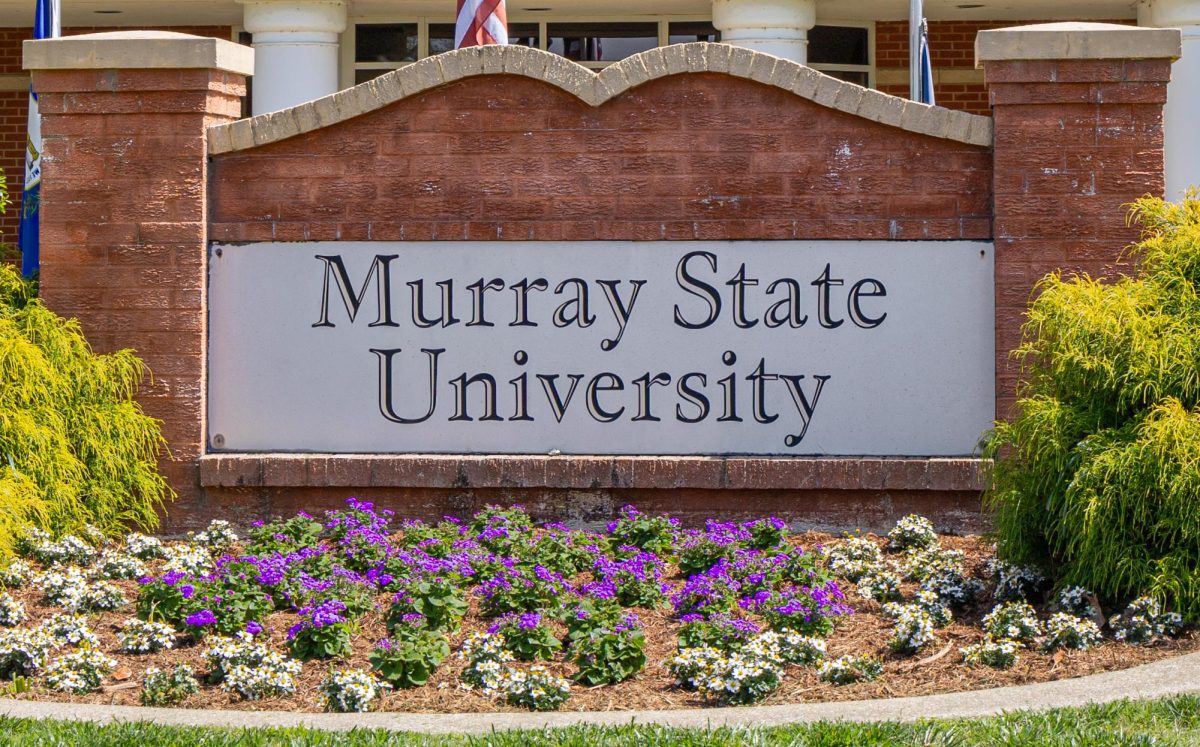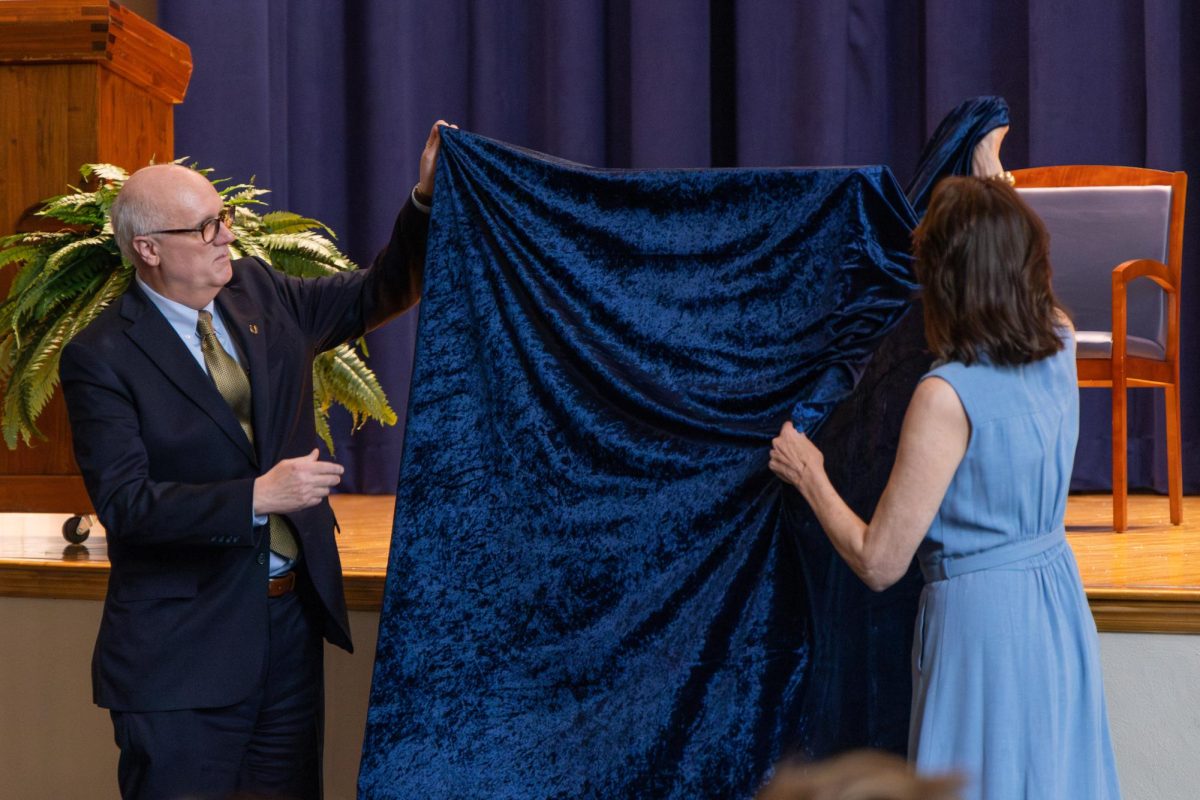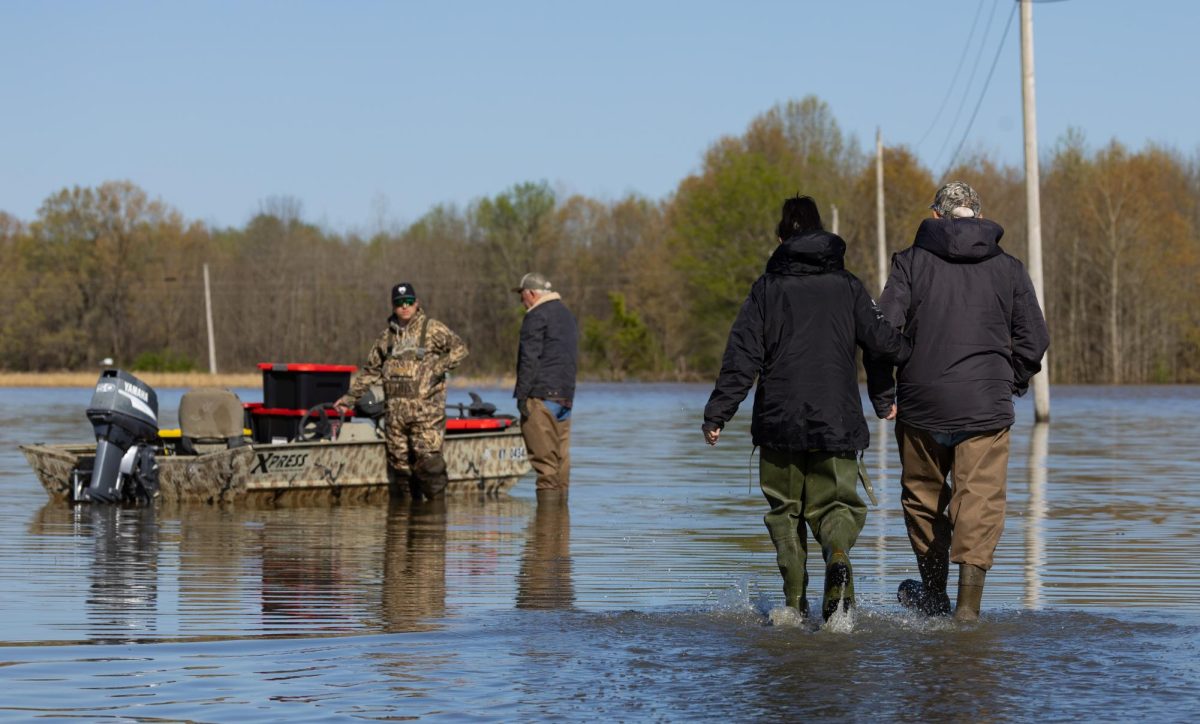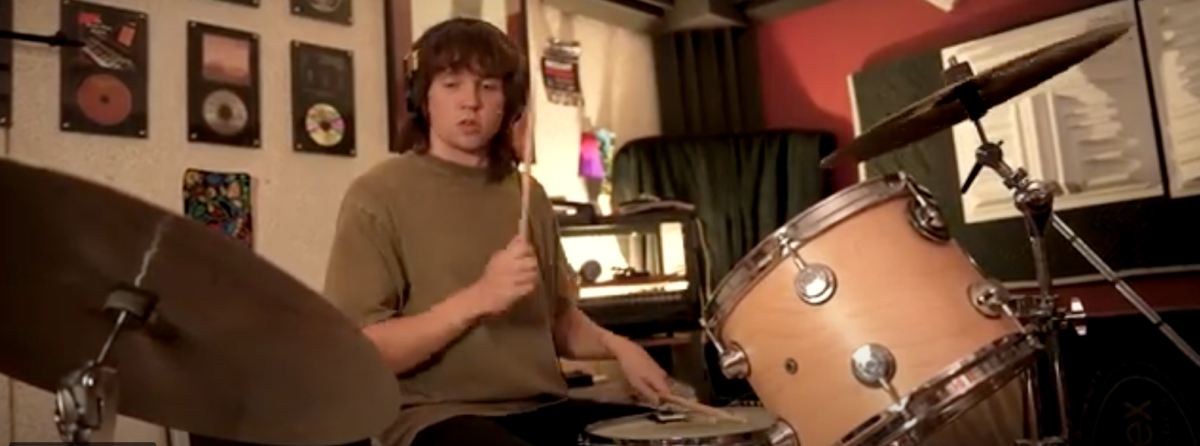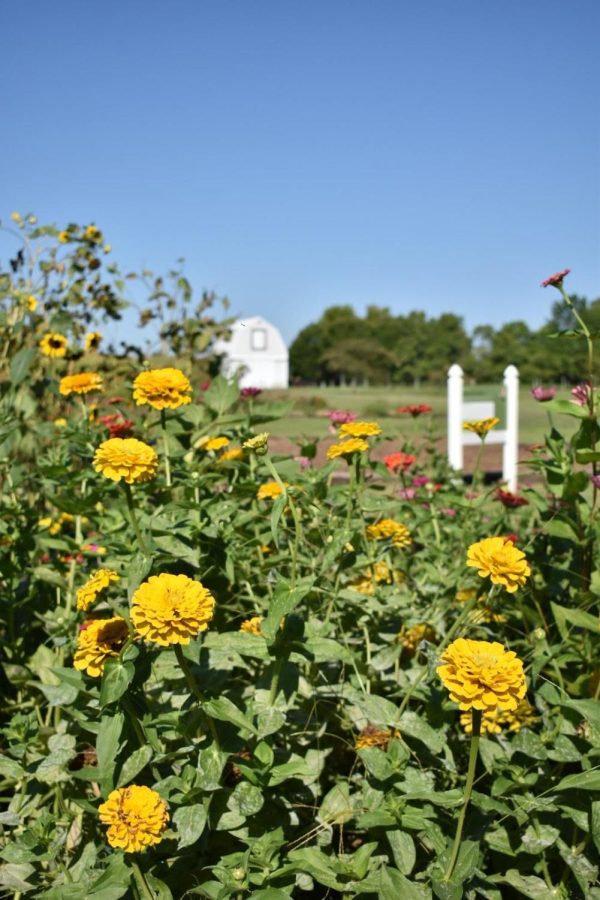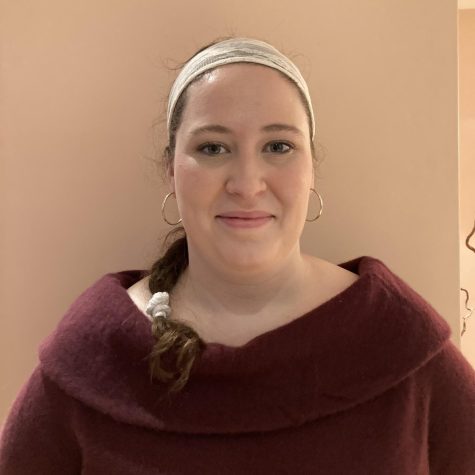Professor, students launch agronomy research at Arboretum
Agronomy students are studying the habits of pollinators, at a years-long project at The Arboretum. Prof. Megan Taylor leads the project.
September 22, 2022
In order to gain hands-on experience caring for crops and answering research questions, Murray State’s agronomy students are conducting multiple research projects at the Arboretum.
Megan Taylor, assistant professor of agronomy, works on these projects with her students to help them answer questions they have and to teach them how to solve problems they may encounter in their careers.
Presently, Taylor leads a research project on pollinators.
“The pollinator project is looking at the timing, as well as the color and the shape of the flower, and how different types of pollinators are attracted to those at different times of day,” Taylor said
Taylor said this research is helpful because if they can understand more about pollinators and their habits, then they can apply that research to things like harvest timing. This also helps with the production of harvesting crops without affecting quality.
“So one part of it is the pollination part, where we’re just purely looking at the flowers in terms of the diversity of pollinators, when they’re active and then color and flower shape,” Taylor said.
The pollinator study was conducted using mostly zinnia flowers of varying shapes, sizes and colors. Taylor said this was so they could more easily tell which colors and shape mattered to different pollinators. Taylor said they planted other plants of varying popularities among pollinators, some grasses, etc. to create some separation in the flower types in order to expand the study.
For this pollinator study, students had to collect data, which involved a lot of observational work. They would have to count the number of pollinator visits within a set time period. That time period could range from 30 seconds to two minutes. They would also have to count flowers and run calculations based on the data.
Another project studied the effects of different levels of phosphorus and nitrogen on the fertility of certain flowers.
“We also are doing some work with cut flower production and doing different rates of phosphorus and nitrogen, so just a fertility study—very easy, very straightforward,” Taylor said.
Taylor said the group is also trying to relate the pollinator project to production agriculture and connect it with another research project on corn and soybeans.
This project studying the nutrition of corn and soybeans takes place in the greenhouse. This project focuses on testing nutrient levels in plants and shows Taylor and her students how much of these nutrients are absorbed into the plant.
“We’re doing something called sap testing and sap testing is where you look at the total metabolized macro and micronutrients for the corn and soybean plants,” Taylor said.
The testing consists of taking samples right after laying down a full layer application of boron and manganese.
Taylor and her students are working on this project in
conjunction with the Waters Agricultural Lab, based in Owensboro, Kentucky.
Taylor said they are also doing studies with adjuvant trials for some of the students. Another topic Taylor and her students are studying is the efficacy of apple cider vinegar in reversing drought stress in plants.
In her field, Taylor said she is looking to study a couple of main areas. One area of study is how and why the crop works. The other is geared toward helping farmers and producers and focuses on how to amplify or accelerate certain processes in the crop.
Because of this, Taylor said a lot of the research projects are driven by questions asked by farmers. She said student questions often inspire research projects.
“Actually, the pollinator project was inspired by a student’s question in class about [if we would] utilize waterways or filter strips as pollinator habitats,” Taylor said. “And I thought, ‘That’s a really interesting idea. I am intrigued.’”
Taylor said the initial question eventually changed into research about the possibilities of getting certain pollinators in certain timeframes of a crop’s life cycle and intentionally planting to help with that goal. She said they also were looking into whether or not a producer could get some money back in the way of cut flowers after planting pollinator habitats.
Taylor planted many of the plants for these projects back in May so that they were mature enough for students to collect data from them this fall. She tends them over the summer and conducts personal research studies before the students come back in the fall.
Taylor said the drought study has been happening since March 2021. There have been multiple iterations of a couple of the other research projects as well. As for some of the smaller projects, Taylor said she will keep conducting those for as long as students are interested and engaged with the questions.
For other studies, they collected information about the plants’ heights and weights and did Soil Plant Analysis Development readings, which measures the amount of chlorophyll and relates it back to the nitrogen levels in the plants.
Taylor also mentioned her appreciation for the farm managers and assistant farm managers, who work on Murray State farms and help her with her research projects.
“If I need something or if something breaks they always help me,” Taylor said. “It’s been awesome. They also help us with weekend watering, things like that, which, you know, really we couldn’t do those things without them being present.”
Taylor also extended an invitation to interested students, who might like to research with her lab.
“If students have an interest and they want to be involved in agronomic research or research that falls in the vein or close to plant science agronomy, we’re always looking to help people answer questions,” Taylor said. “We’d love to have them come by and work with the Crop Talk Lab and get involved.”
To follow Taylor’s research with her students, follow her Instagram or Twitter at @CropTalkMegan.
efinley1@murraystate.edu



